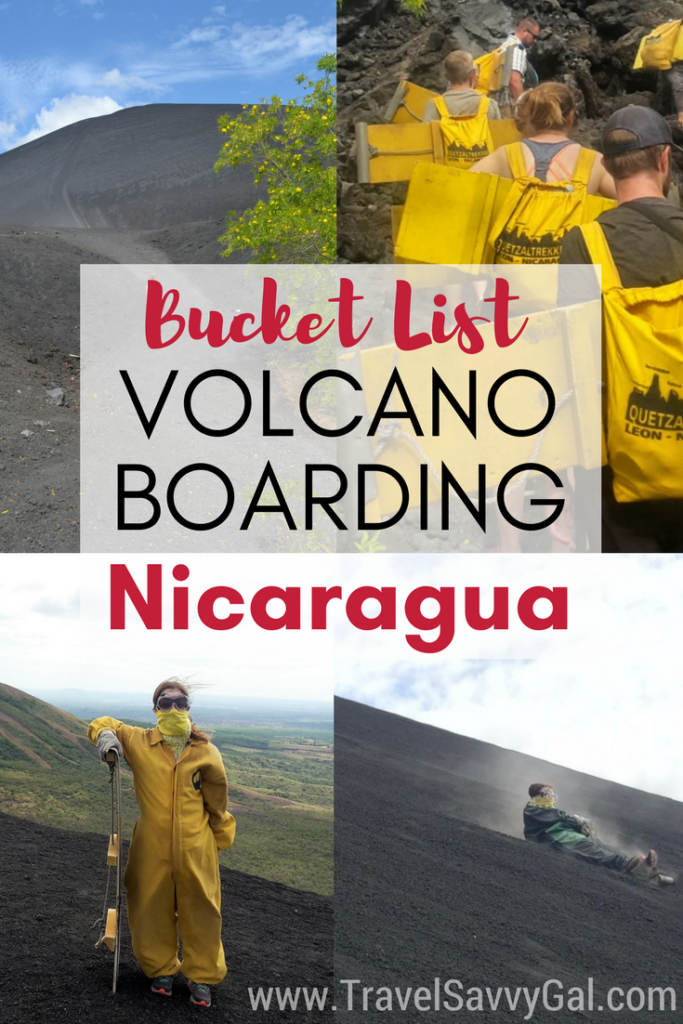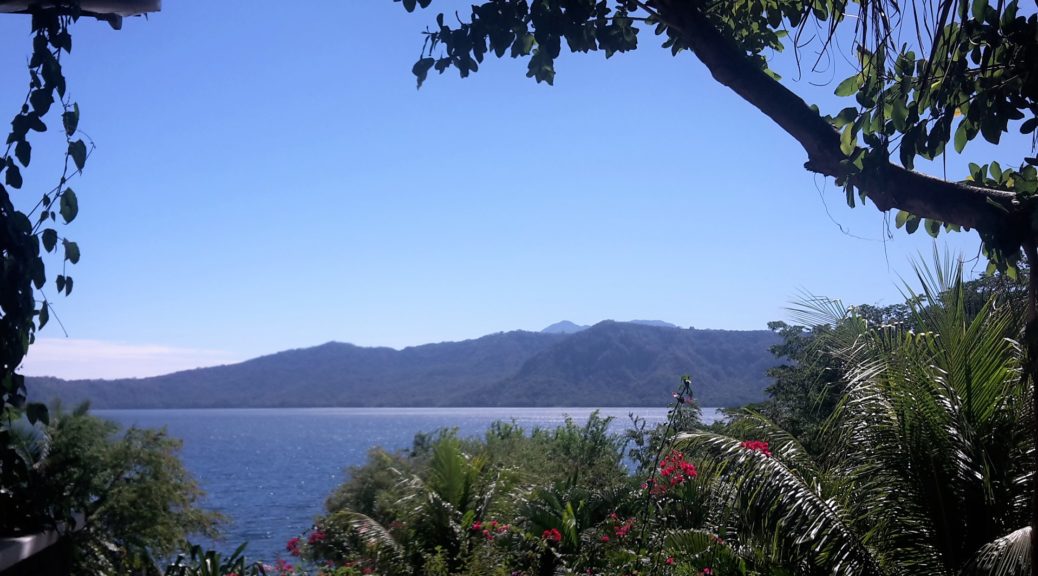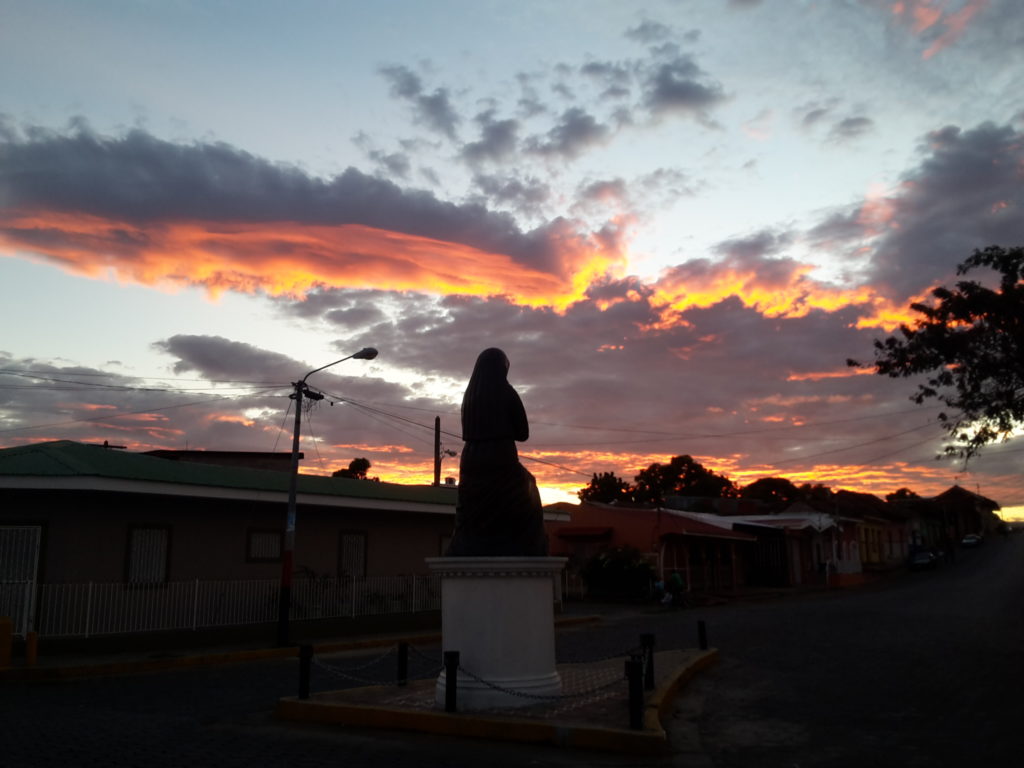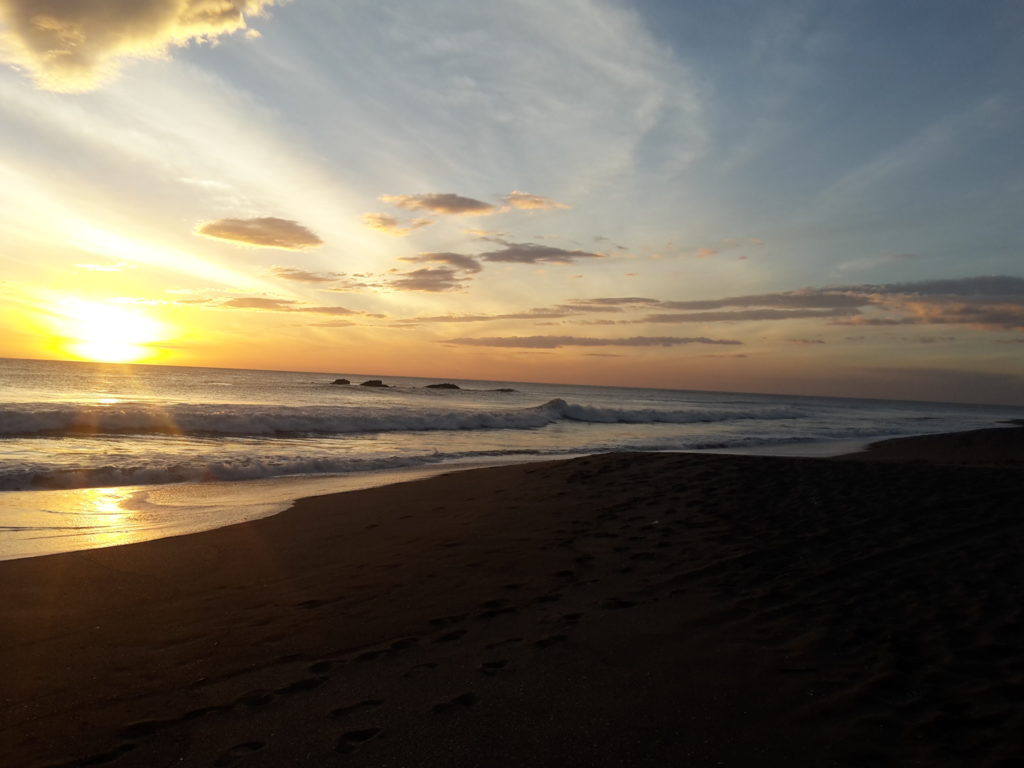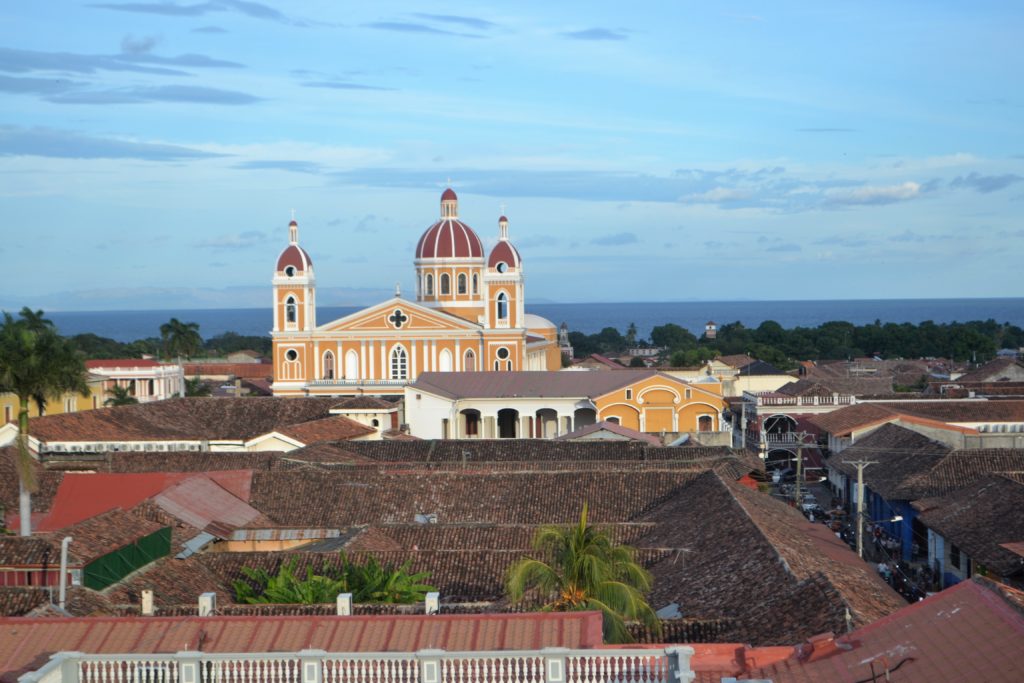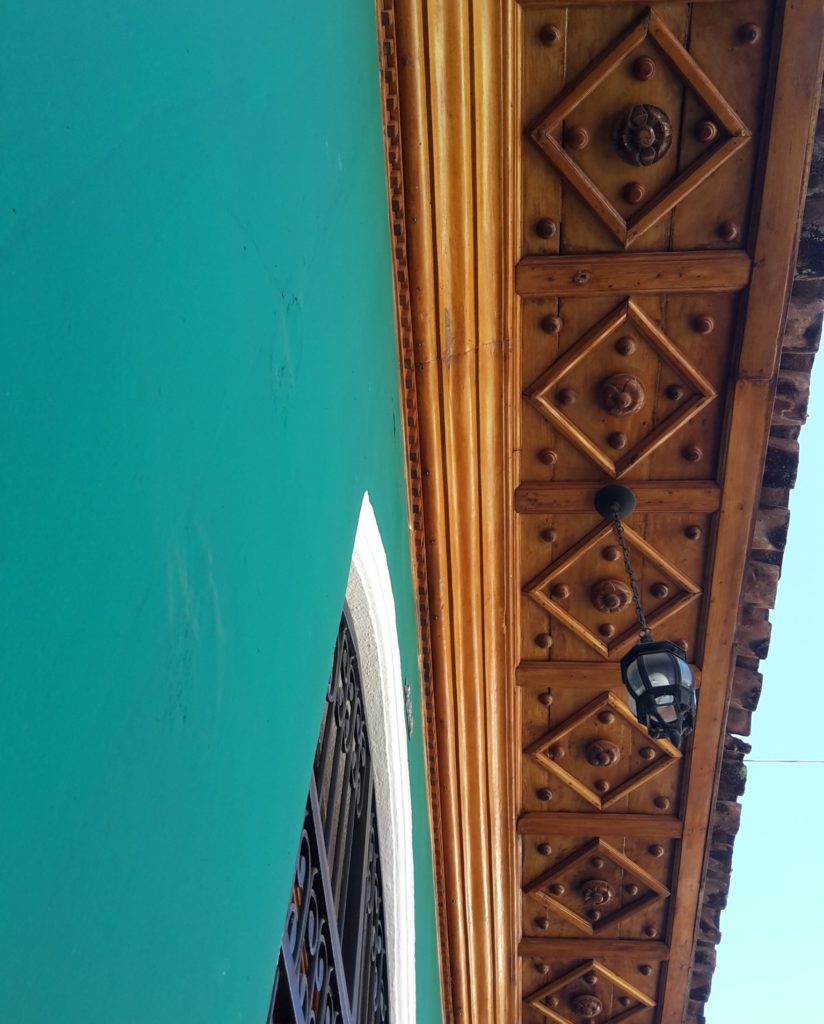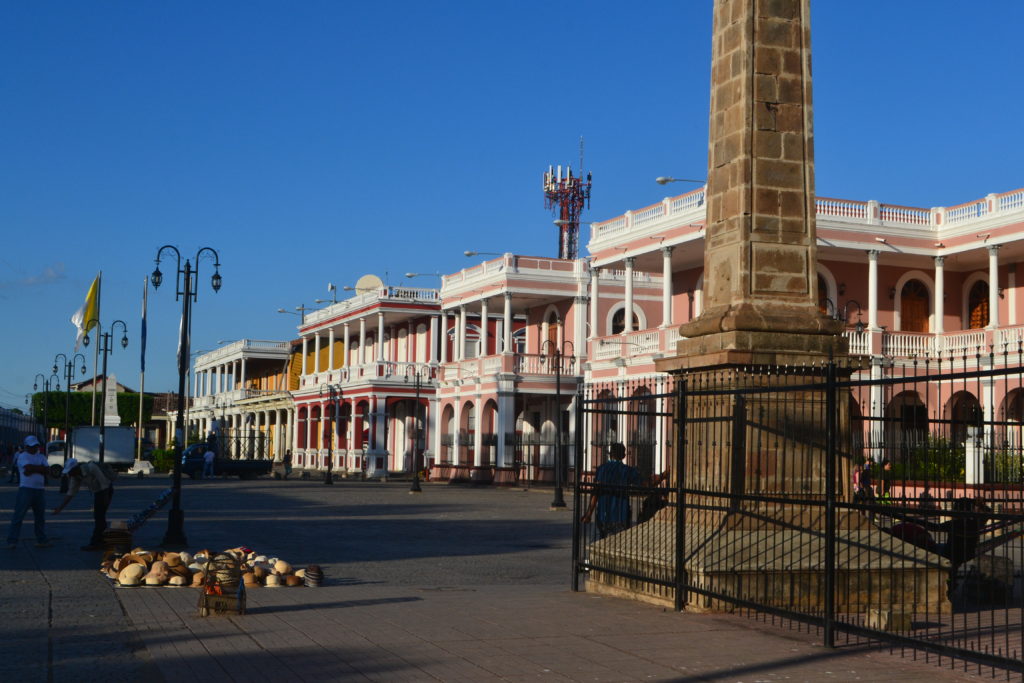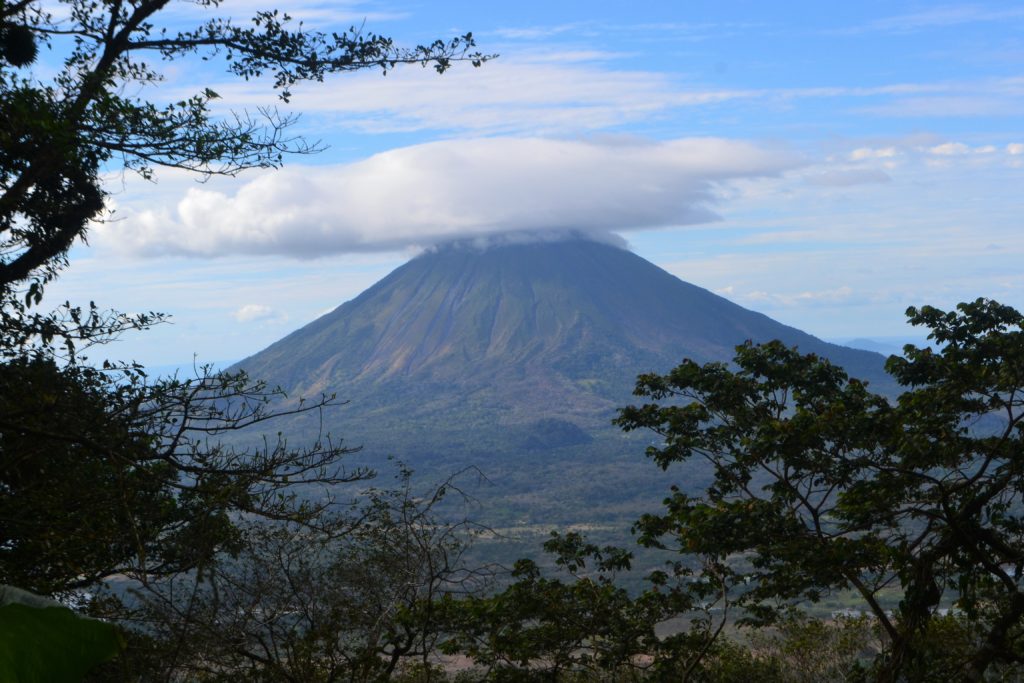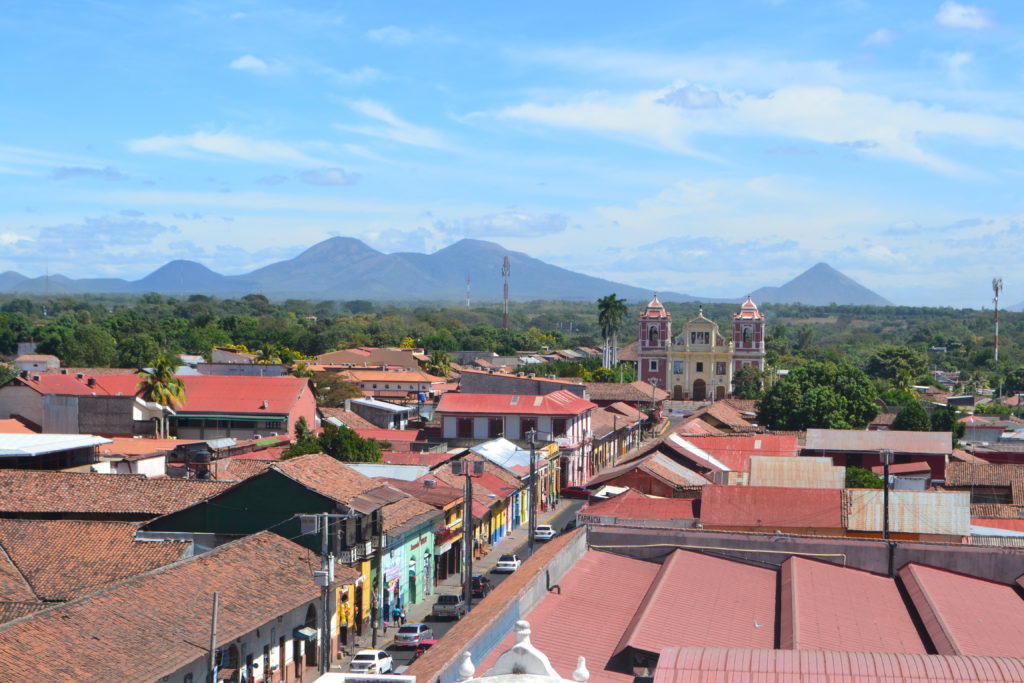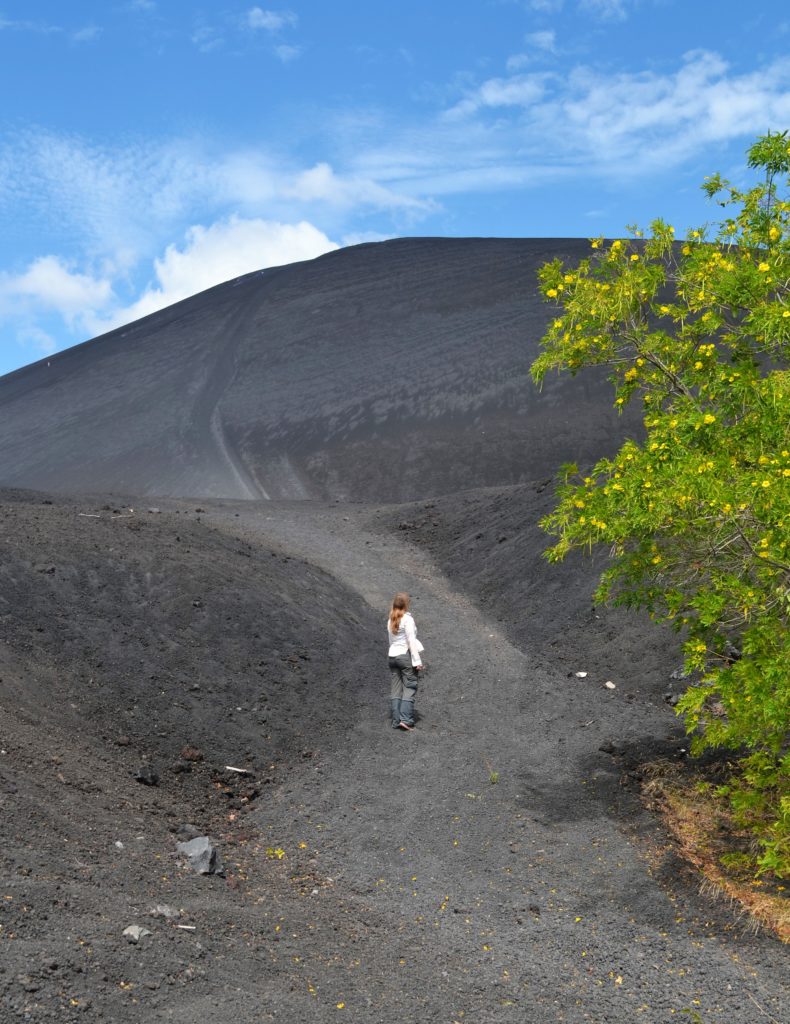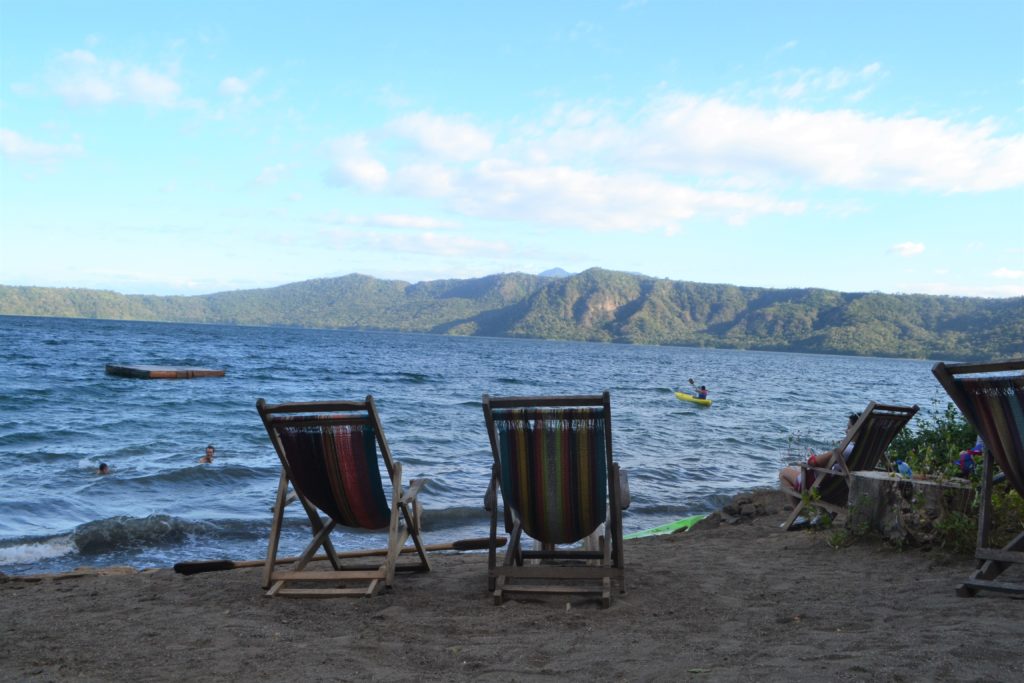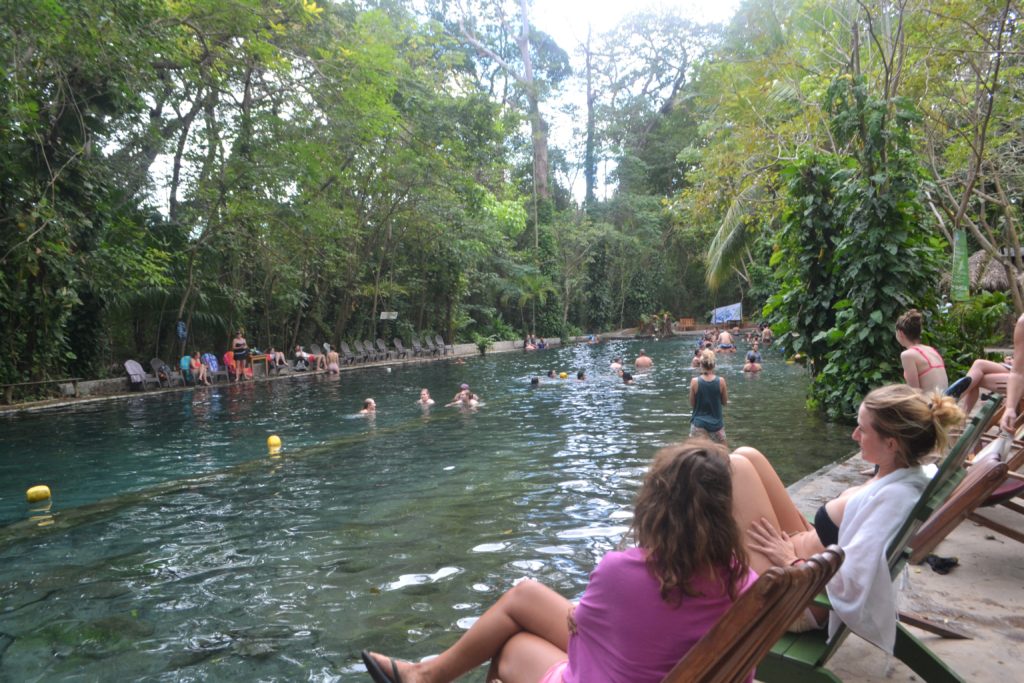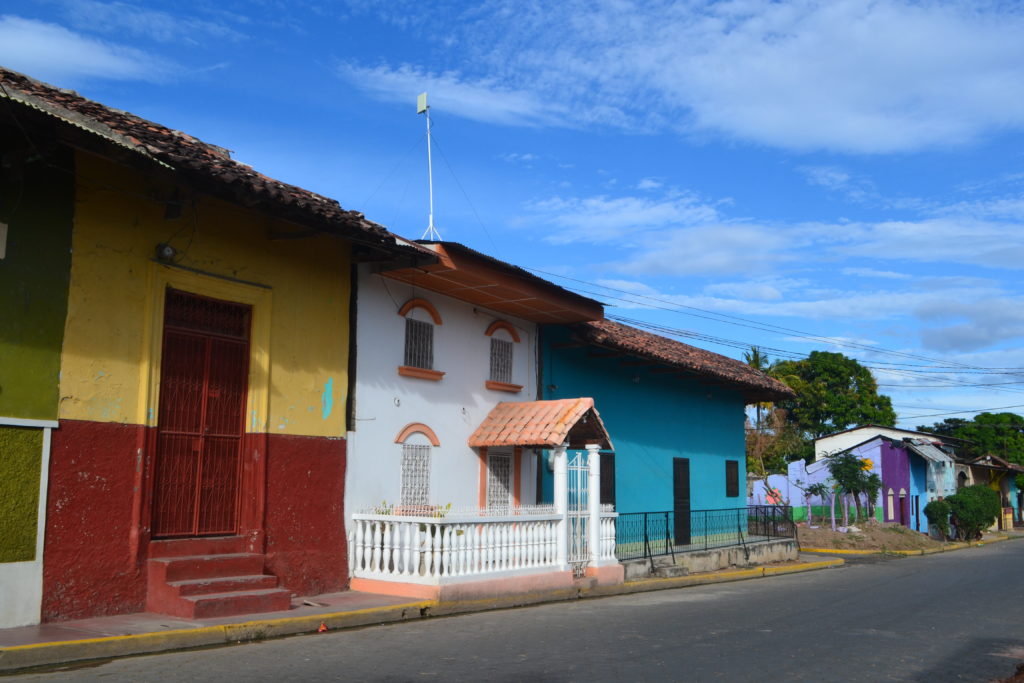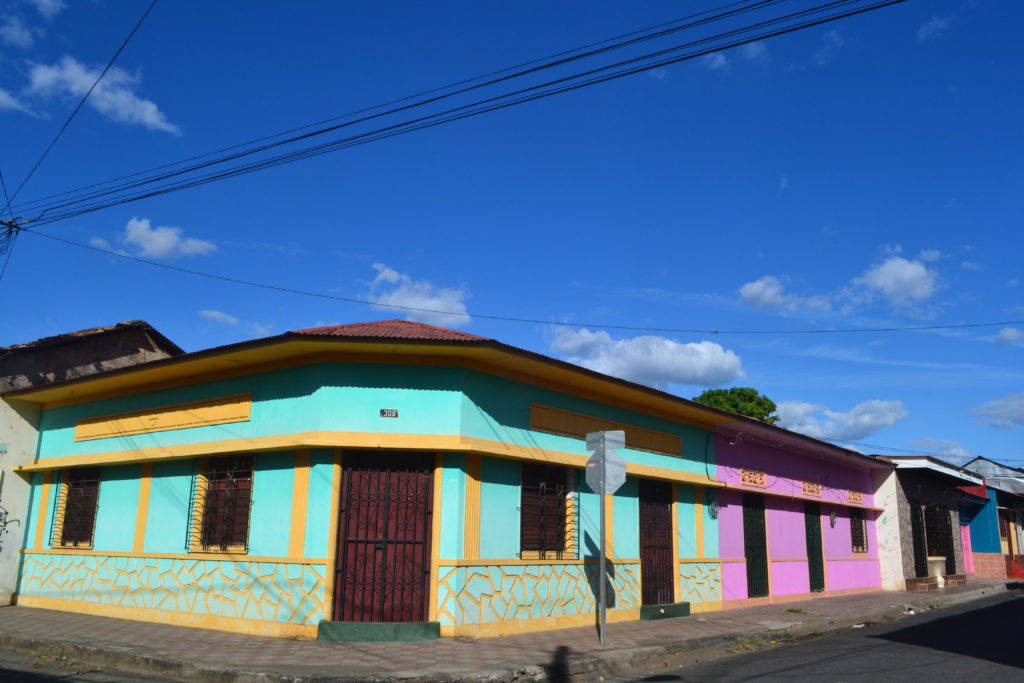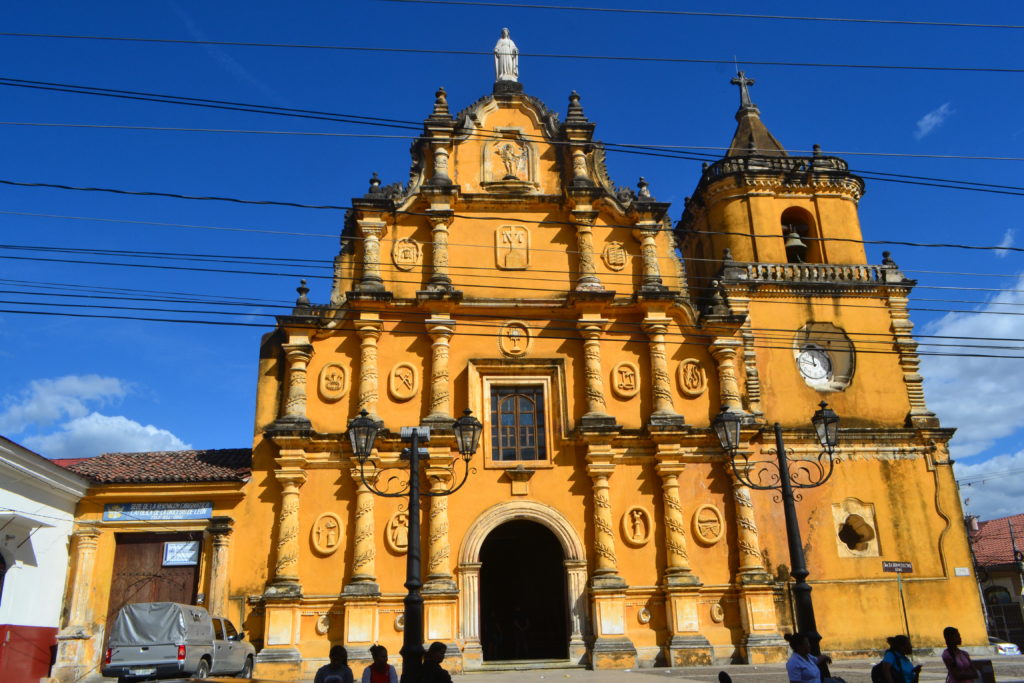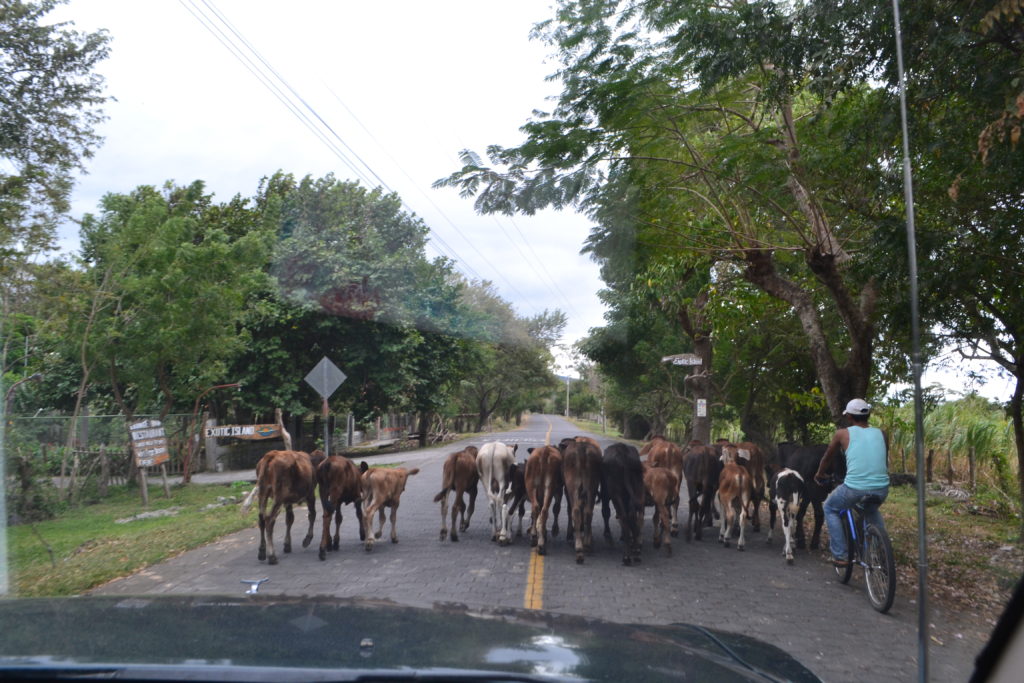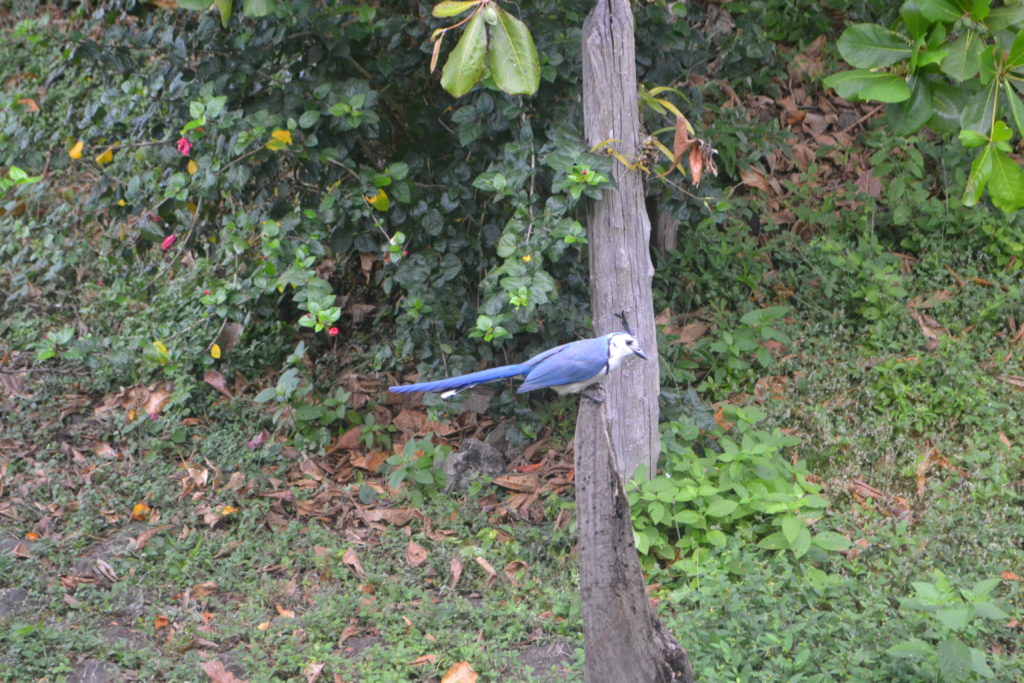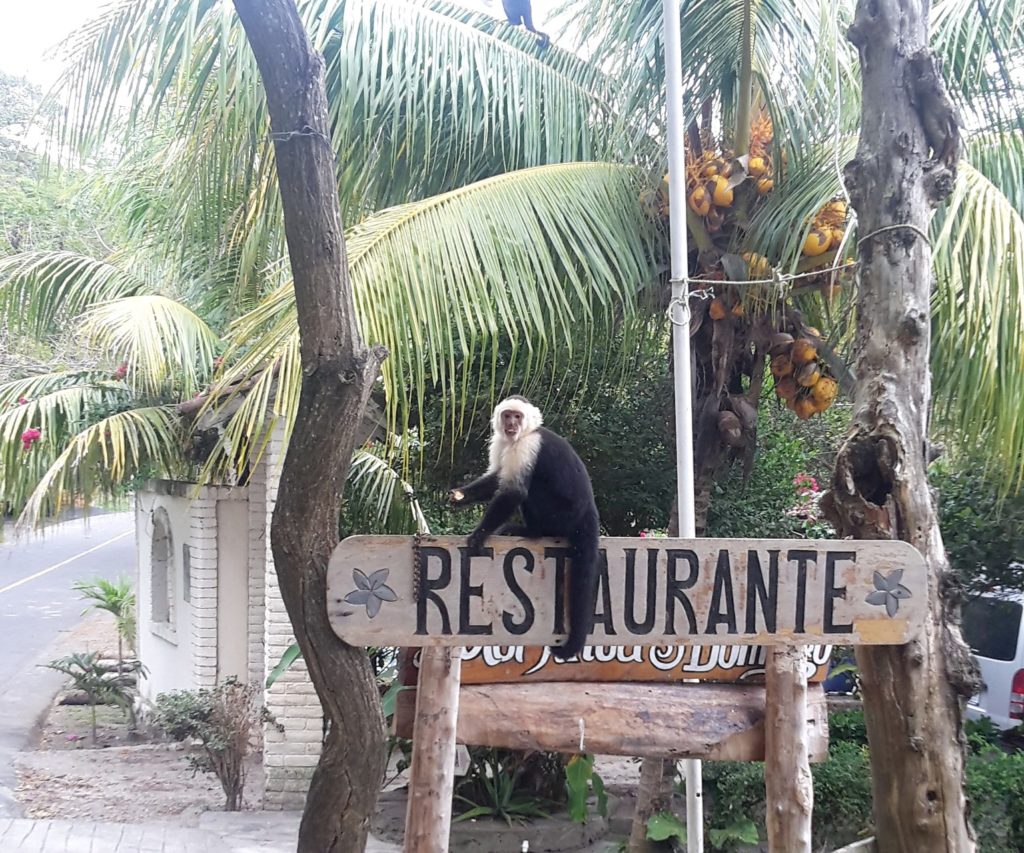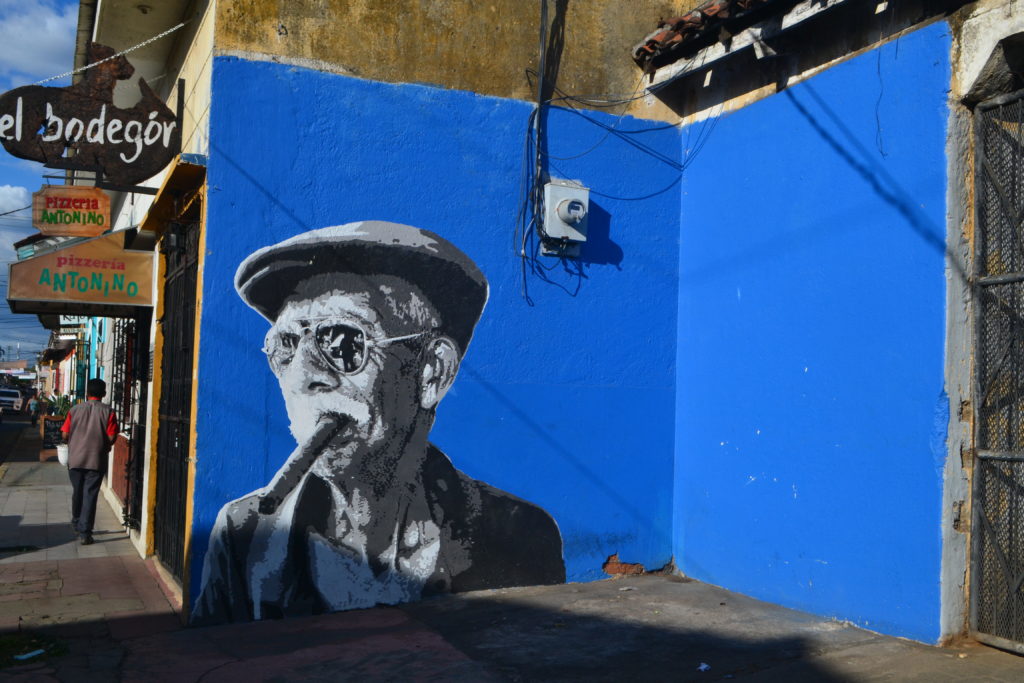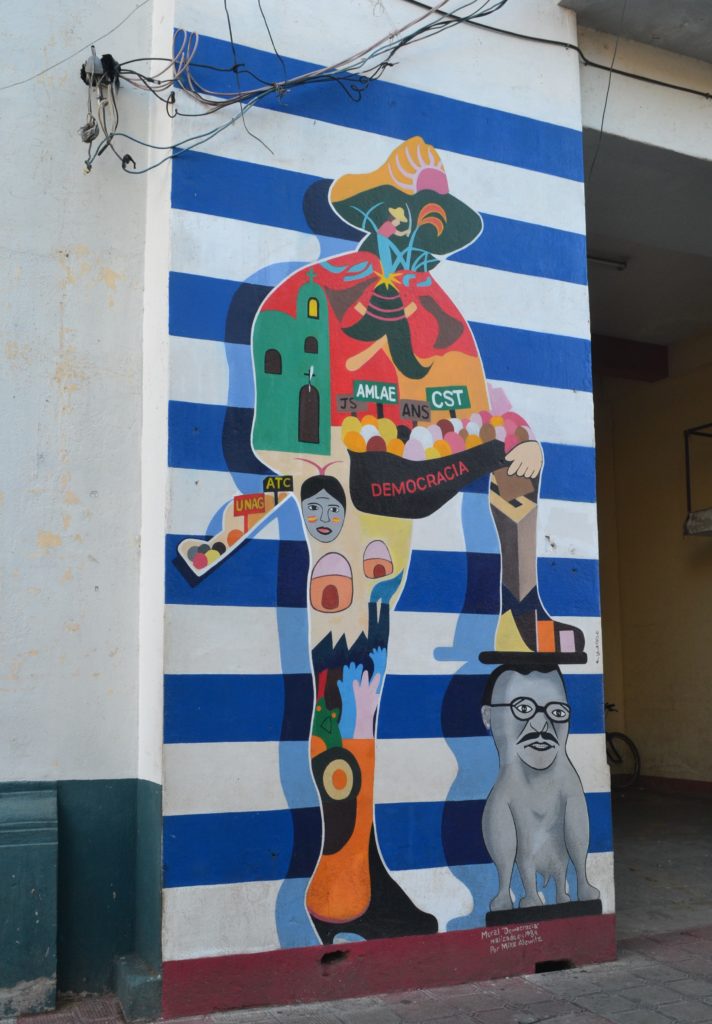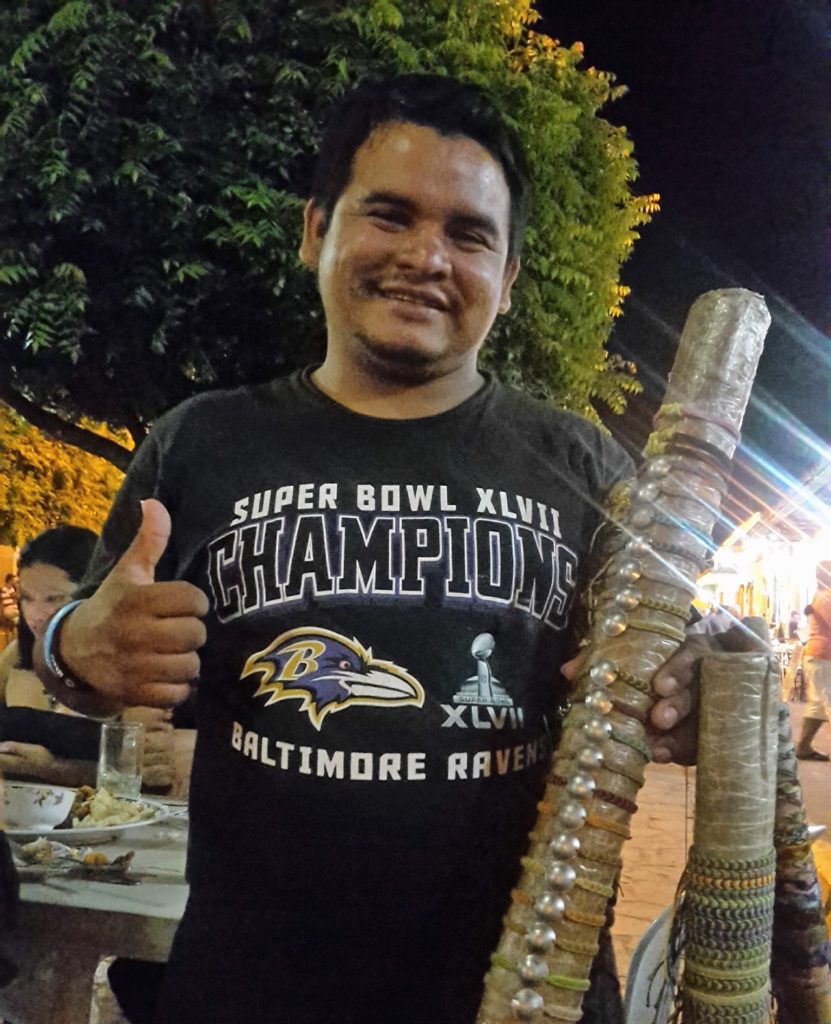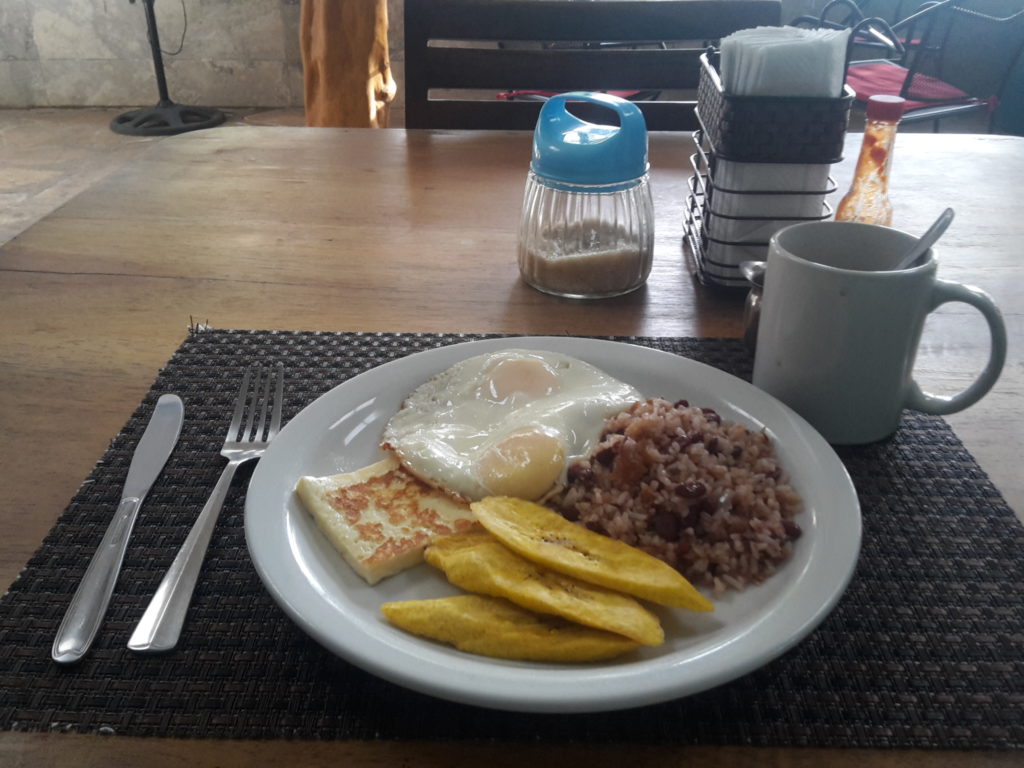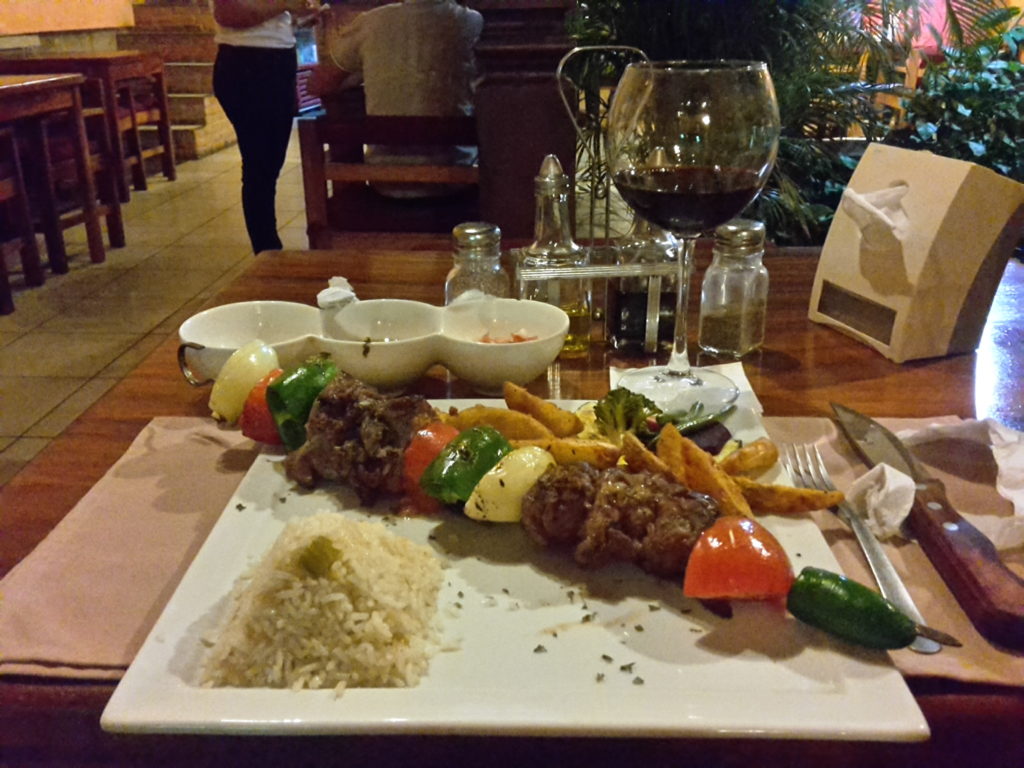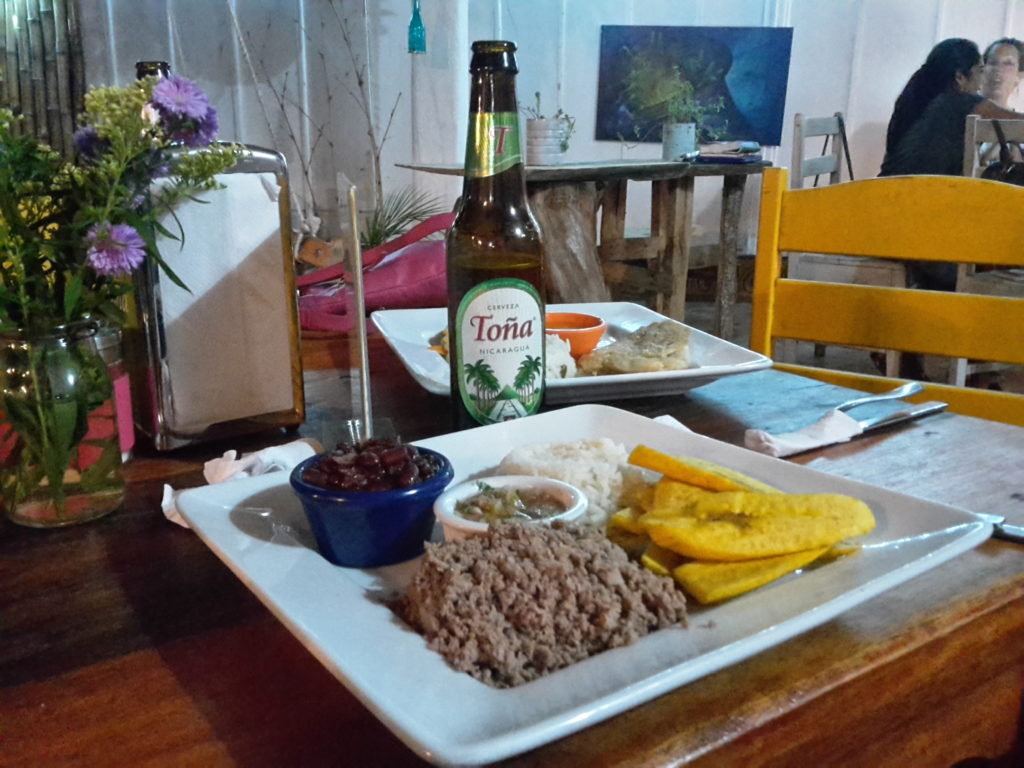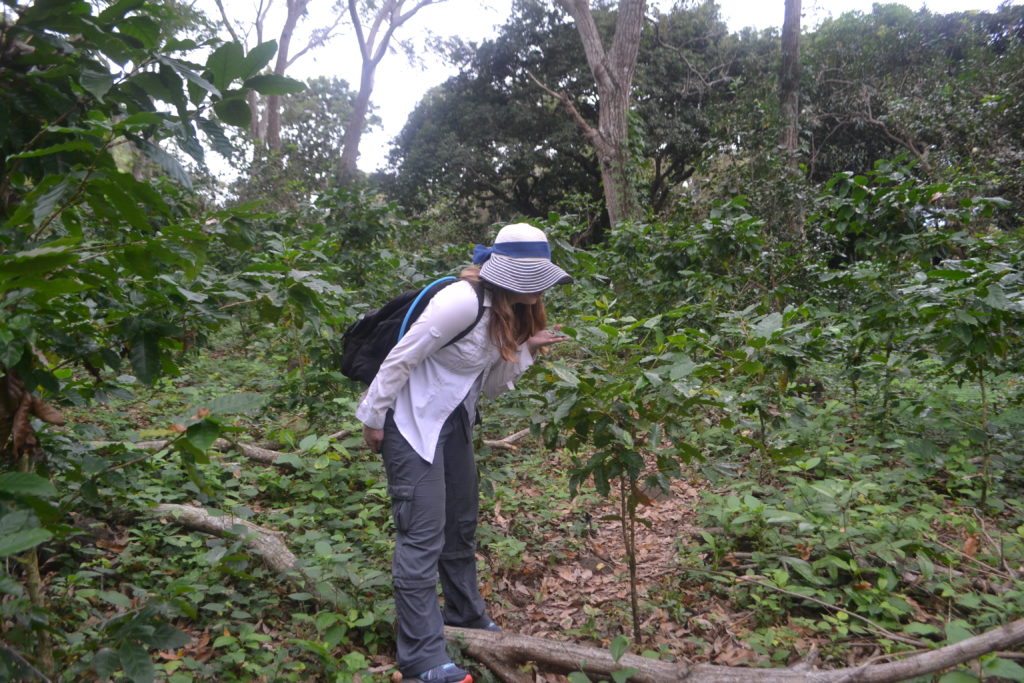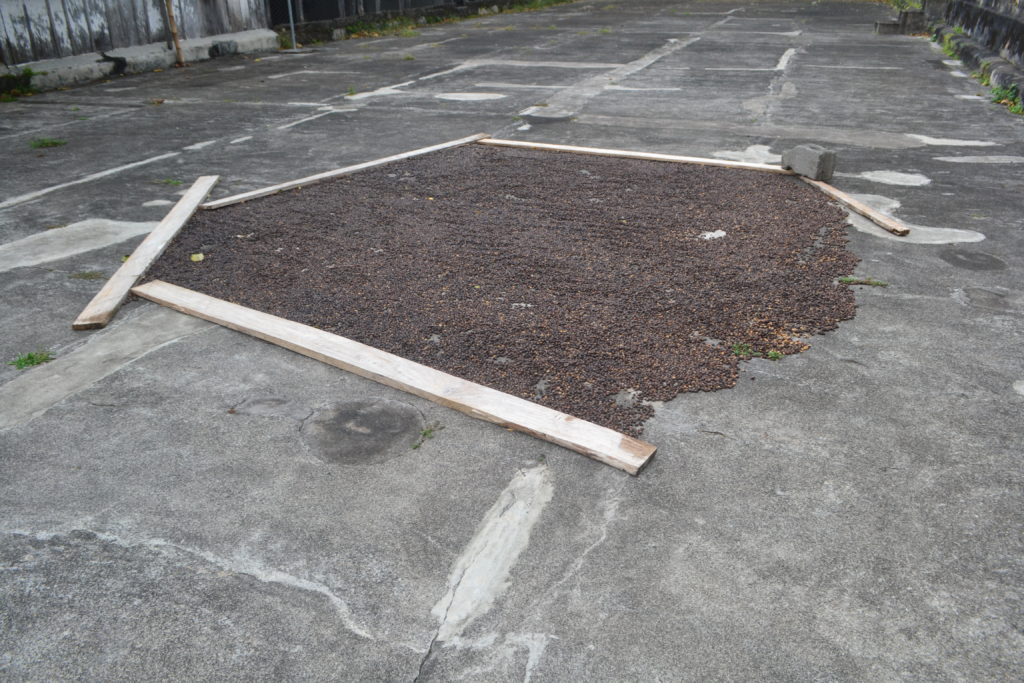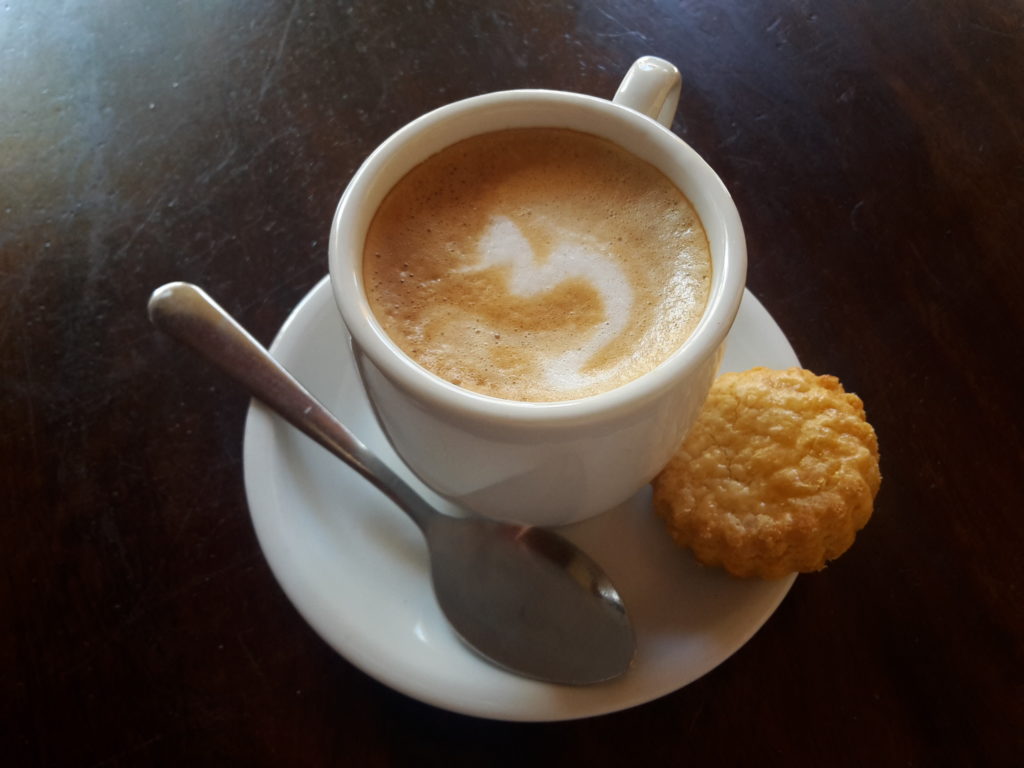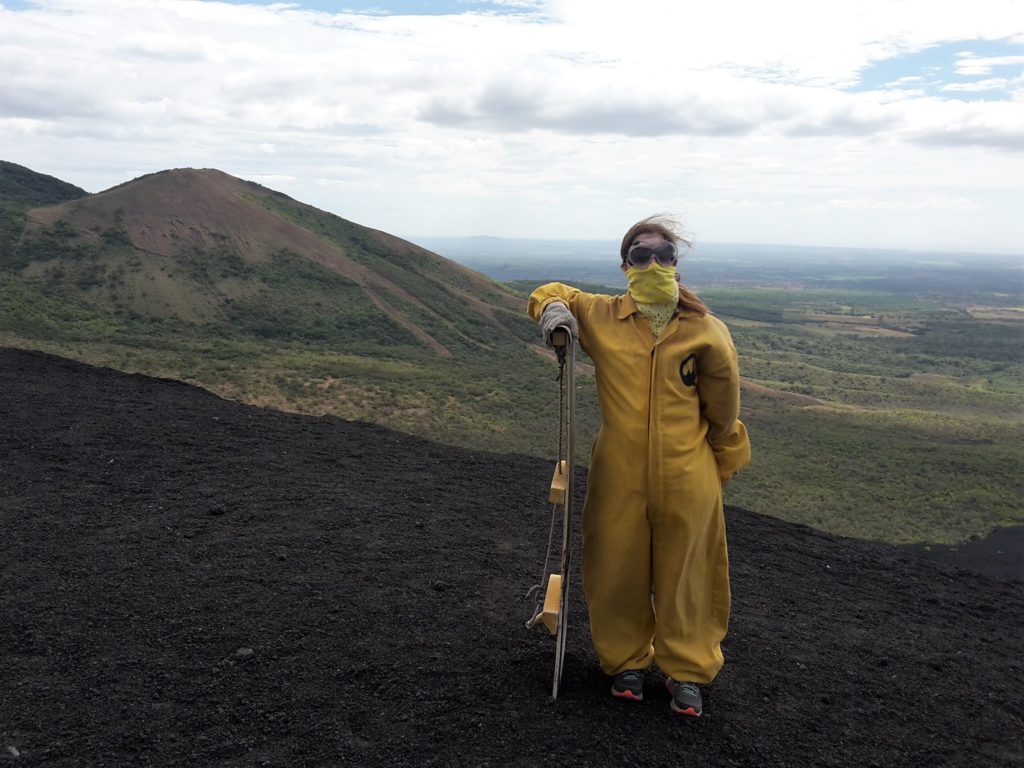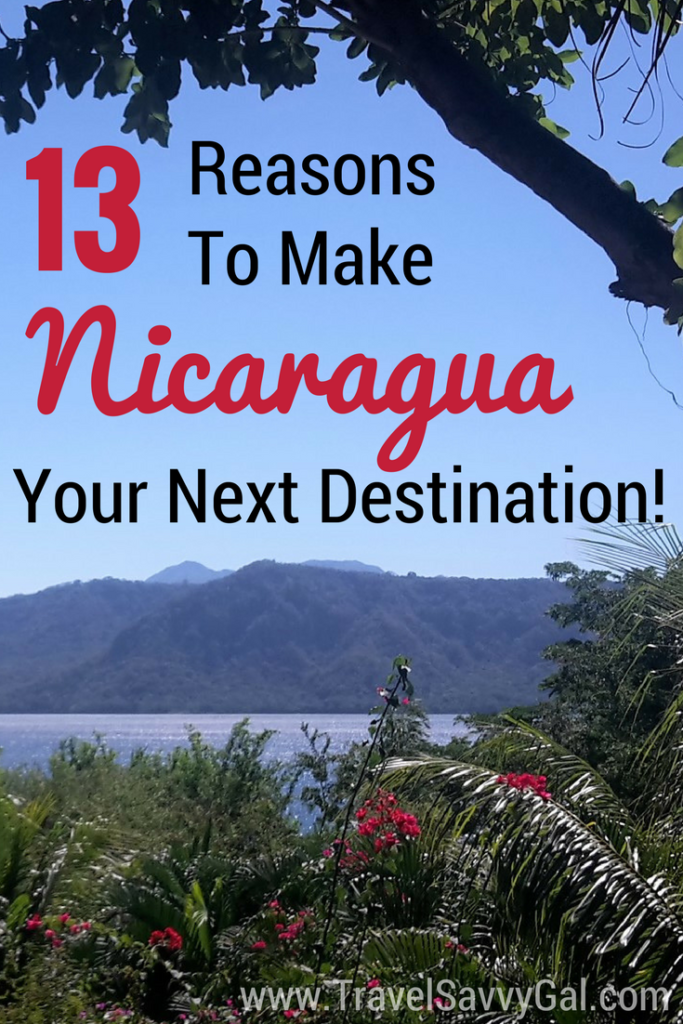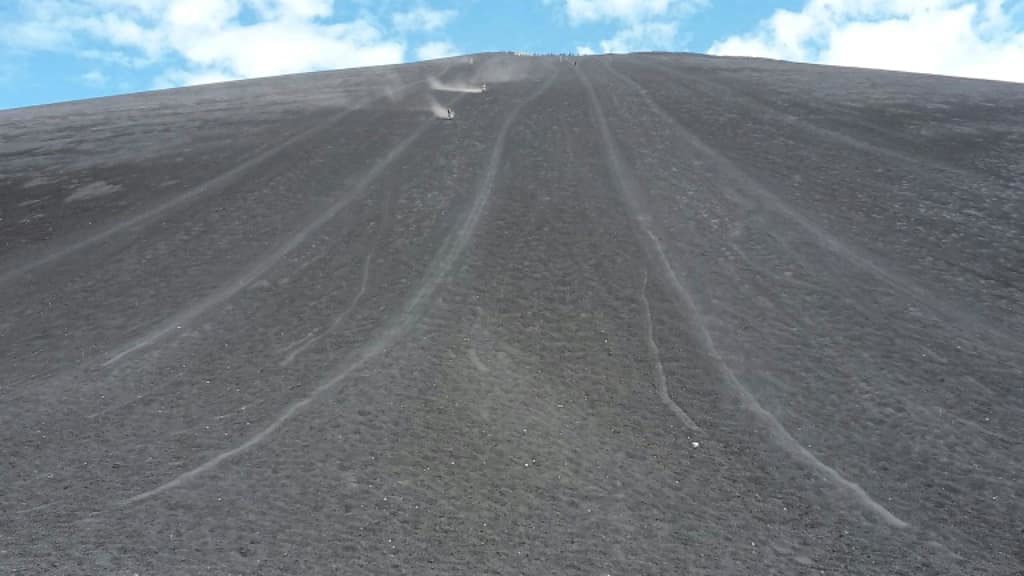
Bucket List Adventure: Volcano Boarding in Nicaragua
**While Nicaragua was a lovely destination when I visited in January 2018, it is currently not safe for tourists (as of December 2018). Be sure to do your research and keep safety as your top priority before booking a trip.**
“Lana?”
“Oh, hi dad.”
“Hi sweetie, I just wanted to call and make sure you were still alive. You know, because you said you were going to go volcano boarding in Nicaragua.”
“Yes, dad I’m fine.”
(That is pretty much our conversation verbatim after I got back. And my dad doesn’t even worry usually when I travel!)
Not only was I fine after my day volcano boarding in Nicaragua, this activity was one of the absolute highlights of my whole trip.
Yes, I knew I wanted to do this before I even went.
Yes, I knew that it was a possibly dangerous activity and to go you pretty much had to certify saying you had travel insurance before they’d sign you up. You know, just in case.
Yes, I was super excited to go anyway!
What is Volcano Boarding?
If you’ve never heard of volcano boarding, you may have all sorts of crazy images flowing through your mind right now.
First off, in order to board down the volcano, you have to reach the top. On Cerro Negro (black hill), where volcano boarding is in Nicaragua, it was about a 45-minute moderate hike to the summit. Then there was a bit of time to walk around, explore, and take photos before lining up to wait your turn to descend.
And of course anything you need at the top, including the board itself, was part of your pack as you climbed.
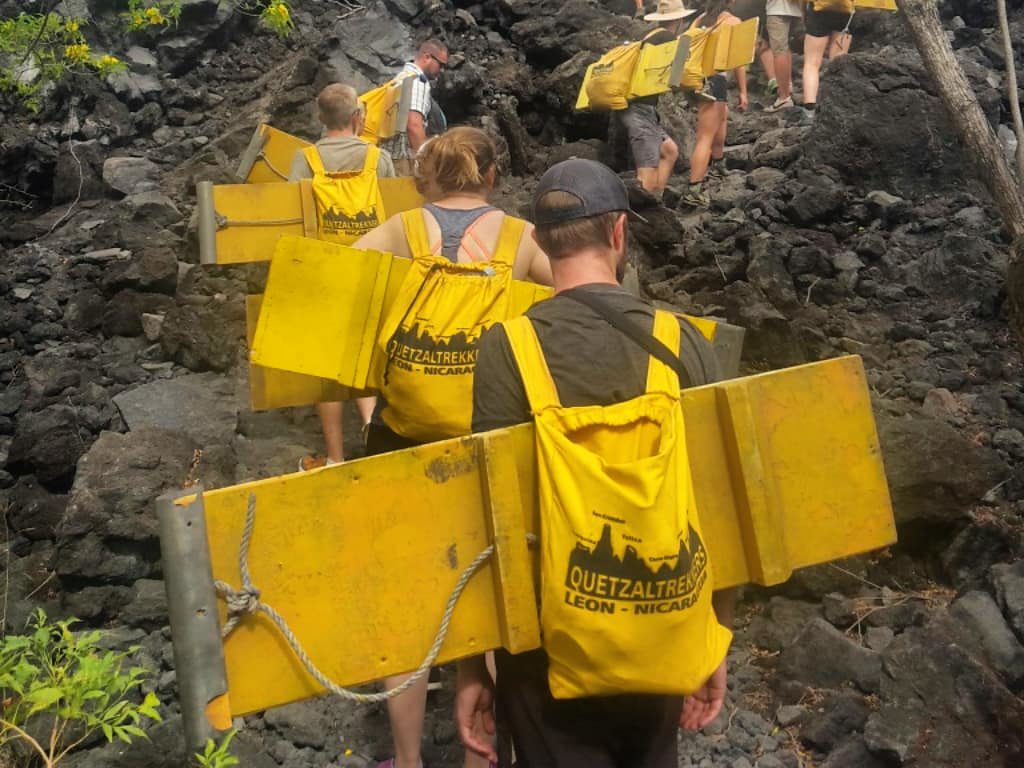
What goes up, must volcano board down. Maybe you’re picturing standing on a surfboard and headed down a volcano as the lava comes up behind you. Or someone flinging themselves face first like in the beloved winter sport known as skeleton. In reality though, volcano boarding in Nicaragua is somewhere between sledding and luge as you slide down the side of the volcano.
There is a rectangular board that you sit on to go down the side of the volcano feet-first. A rope handle comes up from the bottom of the board between your feet and a slippery surface mounted on part of the bottom of the board helps you glide over the gravelly side of the volcano.
After the 45-minute hike up, it’s about 2-3 minutes to volcano board down.
I know – who on earth thought up this crazy activity???
How did Volcano Boarding start anyway?
Volcano boarding overall basically started as an extreme form of snowboarding down an active volcano spewing lava back in 2002 in the Vanuatu islands. Around the same time, a mountain biker realized that he could achieve high speeds and set land records over gravel, and that the black volcanic gravel of Cerro Negro in Nicaragua was perfectly suited to the task.
A few speed records later, the mountain biker was in a full body cast and a whole bunch of people in Nicaragua were inspired to find a way down the side of this volcano. People used to carry mattresses or any other object they could think of to use as a surface for going down, but over time the object of choice has evolved into a wooden board with a built in handle and slippery formica bottom.
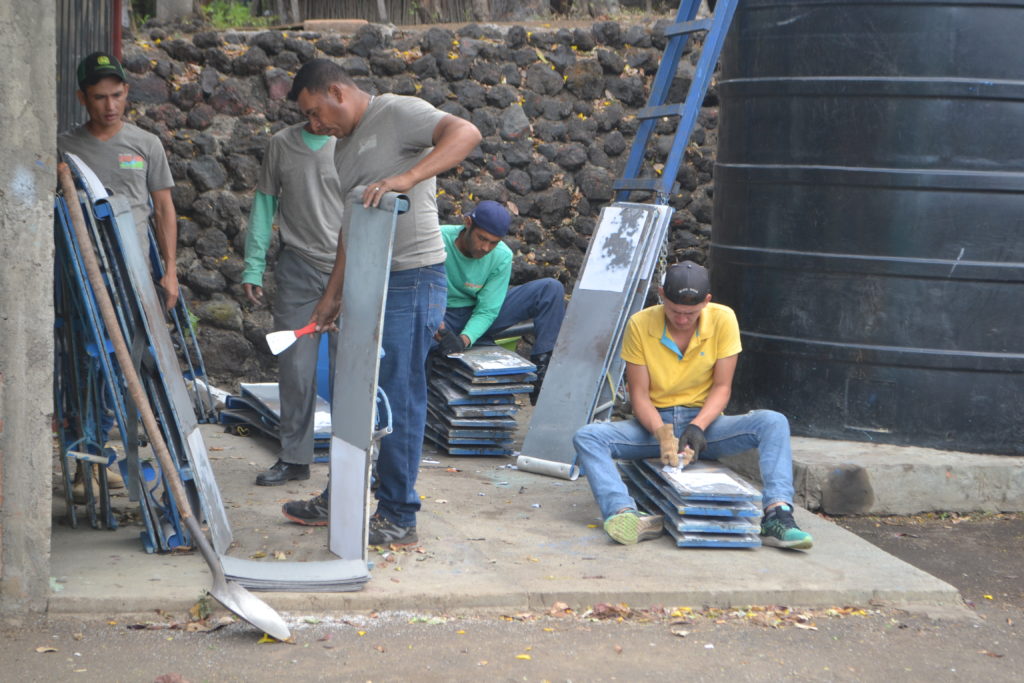
Unlike the Mount Yasur volcano in Vanuatu – which actively spews hot lava that has killed people – the Cerro Negro in Nicaragua is actively hot, but has not erupted since 1999, making it a draw for volcano boarding tourists ever since the sport’s inception. Standing at over 2,300 feet (700+ meters), it is also twice the height to travel down compared to Vanuatu, making for a longer trip volcano boarding down.
Although extreme sports enthusiasts will go volcano boarding anywhere they can, the only place in the world where it’s organized as a regular tourist activity is at Cerro Negro in Nicaragua. The tour runs pretty much every day, as long as there’s a minimum of two people to go (usually there are far more).
How to Volcano Board
Some people supposedly stand up on the board to try and snowboard down the side of the volcano (although I didn’t see any of the ~100 people there the day I went try this), but the most standard way to descend on the volcano board at Cerro Negro is to sit down, lean back and enjoy the ride.
The guide will demonstrate the proper position for descending – basically sit on the wooden bar and grab the rope – and then you can lean back to go faster or sit up to create more wind resistance that will slow you down. The heels of your feet are in the gravel on either side of the board and you push them downward as your brakes.
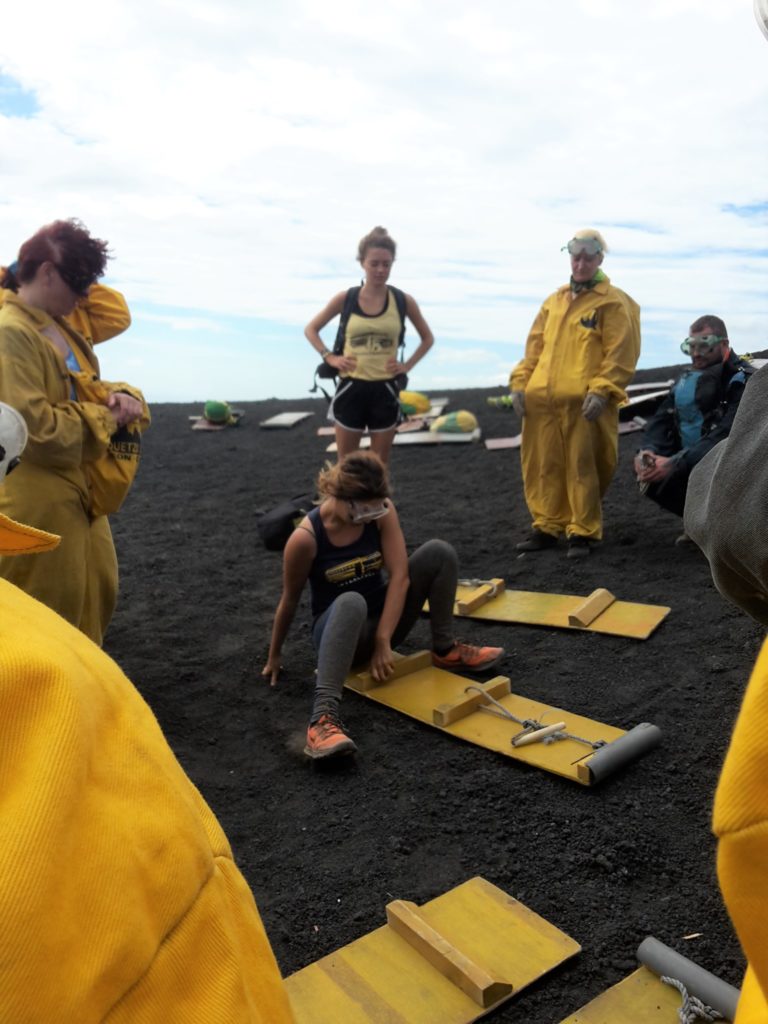
Everything you hiked up with is in a tote bag inside of your jumpsuit for safekeeping until you reach the bottom.
Simple enough, right?
What the Volcano Boarding Was Like
I had a blast! There was that rush of hiking to the top while taking in the beautiful views and then a bit of fear at the top taking the first look over the edge where volcano boarding takes place. Mine was actually in one of the first groups to the top, so at that point you were just gazing down the steep incline in anticipation, not actually seeing what it looked like as people did it yet.
As my heart raced in my chest and I felt the effects of the adrenaline coursing through my body, I tried to take deep breaths and mentally run through the different steps of the process as everyone lines up along the lanes spread a bit apart so boarders don’t collide. I wasn’t first in line, so I watched carefully the take off maneuver to pick up speed at the beginning and was mentally comparing how each person approached it.
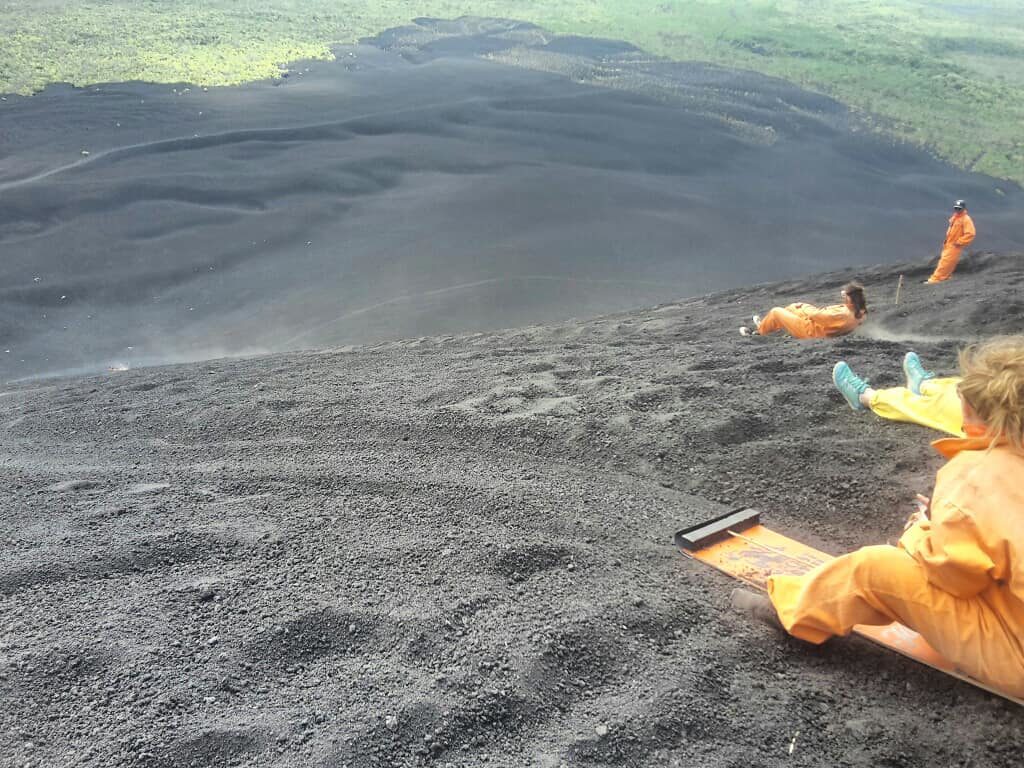
I noticed the line of people dwindling ahead of me and got ready to perch myself on the board. The wooden bar is pretty little, so I took a second to adjust how I was sitting and perch my feet ready to take off. When the signal came that the coast was clear I had a moment to take one last breath before taking off.
At first, hurtling down the side of the volcano, my mind was racing. Noticing how it all felt, feeling the air rush by, making slight adjustments in my position to stay balanced.
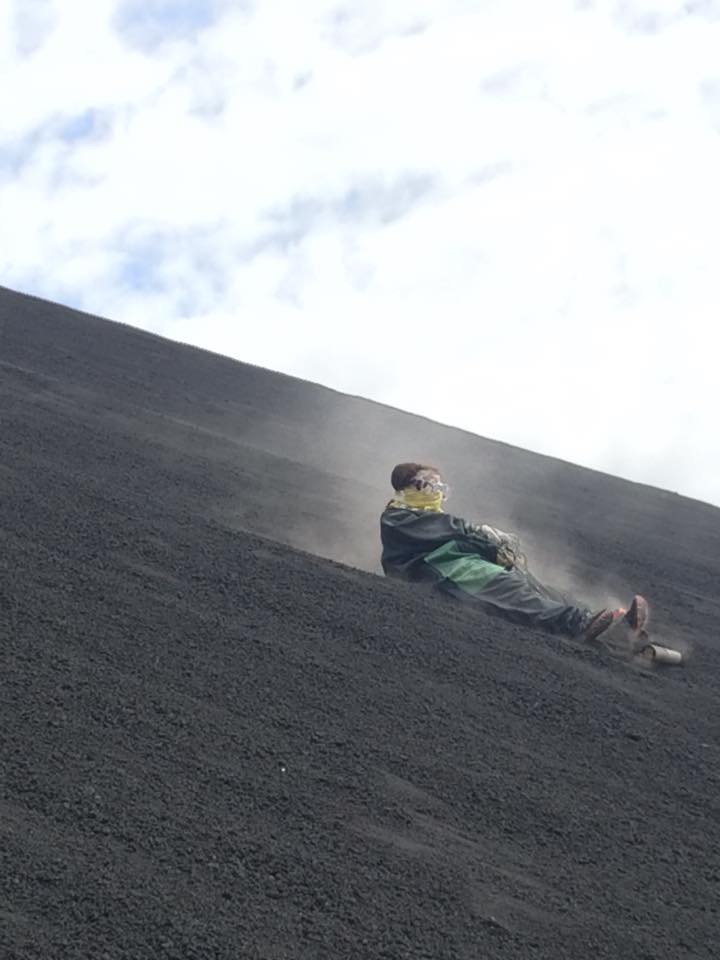
Then my focus shifted to trying to go faster. I had lost some of the initial momentum getting caught up in the decently sized chunks of black volcanic gravel and shifted my body position to leaning far back and lifting my feet to minimize friction and pick up speed.
The second half of my run was even faster and I still mostly stayed balanced as I sped to the bottom and came to a slow stop and quickly jumped up and out of the way for the next person coming down the volcano.
It was such a rush to go volcano boarding, and the whole time it felt so surreal to be able to do such a cool activity. On an active volcano, no less!
Choosing a Volcano Boarding Tour
There are two main tour operators that will take you volcano boarding from the town of León, Nicaragua – Bigfoot Hostels and Quetzaltrekkers. Volcano boarding with either costs around US$30.
From the research I did in advance, there were a few key differences that led me to choose Quetzaltrekkers:
- They let you volcano board twice!
- They are a non-profit supporting local charities in Nicaragua.
- Bigfoot tracks everyone’s speed down the volcano with a radar gun.
I didn’t want to feel the pressure to go faster than I thought was safe or found comfortable, or to be in an environment that focused on speed (and I definitely wanted to go twice). So between not wanting to go with Bigfoot Hostels for that reason and actively choosing to support local charities, Quetzaltrekkers was the right choice for me. If you go volcano boarding, choose the tour operator that works best for you.
Bigfoot Hostels and Quetzaltrekkers were definitely not the only tour providers. I saw plenty of signs advertising volcano boarding around the city of León, where most are based. However, for doing an extreme sport, I opt to go for a very experienced provider. It is my safety after all.
Who can go
There was a lot of diversity in the fairly large group the day I went. Many people were backpackers in their 20s or 30s, but there was also one family with two 8-12 year old children, a backpacker with his mother probably in her 50s, and several older couples who liked travel and adventure.
So basically, travel boarding is for nearly everyone!
What will be provided
Obviously this varies from tour operator to tour operator, so be sure to double-check that you have the correct information when you book volcano boarding. What is listed here is for the Quetzaltrekkers tour I went on.
The guide that will lead the way up the path to the top of Cerro Negro, explain a bit about the volcano range, and also demonstrate the proper technique and safety measures for volcano boarding down. My group was large so there was someone signaling at the top when it was time for the next person to descend and another guide partway down the volcano taking photos of everyone, which was later shared via their Facebook page.
In addition to a trained guide and a photo to make all your friends jealous, Quetzaltrekkers will provide for you:
- a volcano board
- a tote bag/backpack to hold any items you need on the way
- 1 large bottle of water
- a jumpsuit
- gloves
- goggles
- lunch afterward
- a free t-shirt as a souvenir
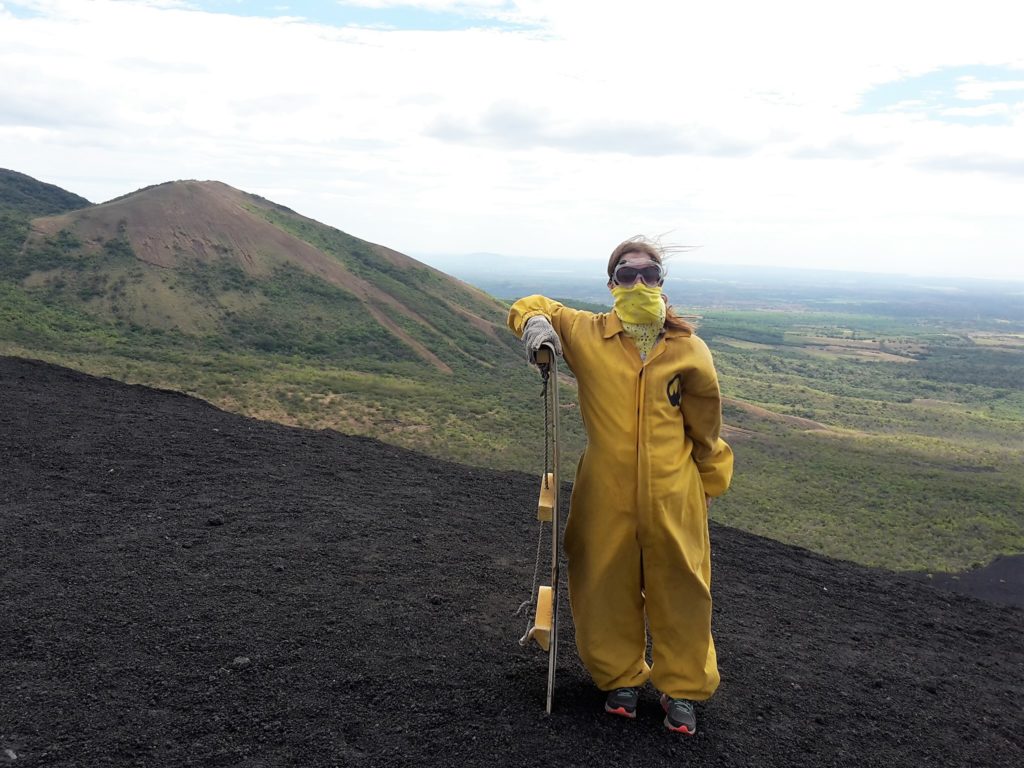
What You Need to Bring Volcano Boarding
Honestly, you’re hiking up with a bit of extra weight from the supplies and the board itself, so there’s probably not much else you’ll want to bring with you.
The essentials:
- A bandana (or t-shirt) to cover your nose and mouth as you go down. There is a ton of dust and gravel that gets kicked up that you want protection from.
- Wear decent closed-toed shoes, since the shoes you wear are your brakes coming down.
- Phone/Camera/GoPro or whatever device you want to use to record the experience.
[easyazon_infoblock align=”none” identifier=”B009YQX1SO” locale=”US” tag=”travelsavvyga-20″]
[easyazon_infoblock align=”none” identifier=”B01LZTLCFX” locale=”US” tag=”travelsavvyga-20″]
Is Volcano Boarding Safe?
I found volcano boarding in Nicaragua to be safer than it looks (or sounds). First, you control your own speed by your body position and braking with your feet, so your safety is essentially up to you. Which is basically what the tour disclaimer statements say, too.
Going down the side of the volcano, there are essentially multiple lanes down, which have been worn already and keep you on a path for the most part. You’re unlikely to veer or the path, and even more unlikely to collide with another boarder as you descend.
Between deliberately going slow or encountering friction on the way down, most people were not going terribly fast. The worst I saw was someone falling slightly sideways off the board, and then being able to immediately get back on and continue the rest of the way down. And the bottom of the volcano slowly levels off, so there is a natural arc that will slowly bring each volcano boarder to an eventual stop at the end of the run.
That said, for the occasional person who even begins to approach the top recorded speed of 97 km/hour (60 mph), there is definitely the possibility of more serious injury, which is not to be taken lightly.
But if you follow the safety guidelines, I would expect that volcano boarding is no more dangerous than other sports you’ve tried anywhere else.
What Wasn’t Scary
The volcano boarding itself. It was actually hard to go fast! Even with the bottom sanded smooth, there is quite a lot of friction between the board and the gravel. Plus your feet were in the gravel as well. Since you control your speed by sitting up to slow down (and can brake anytime you want with your feet) you won’t go any faster than you’re comfortable with.
Being on an active volcano. Toting a volcano board is actually one of the safest ways to hike an active volcano. If anything goes wrong, you are already hiking with the fastest way to get to the bottom of the volcano and away to safety – sliding down on the volcano board!
What Was Scary
How windy the hike was. Pretty much every account I’ve read of volcano boarding in Nicaragua mentions how windy it is. And nearly every video you watch of volcano boarding has the wind whistling in the background (mine included – see above).
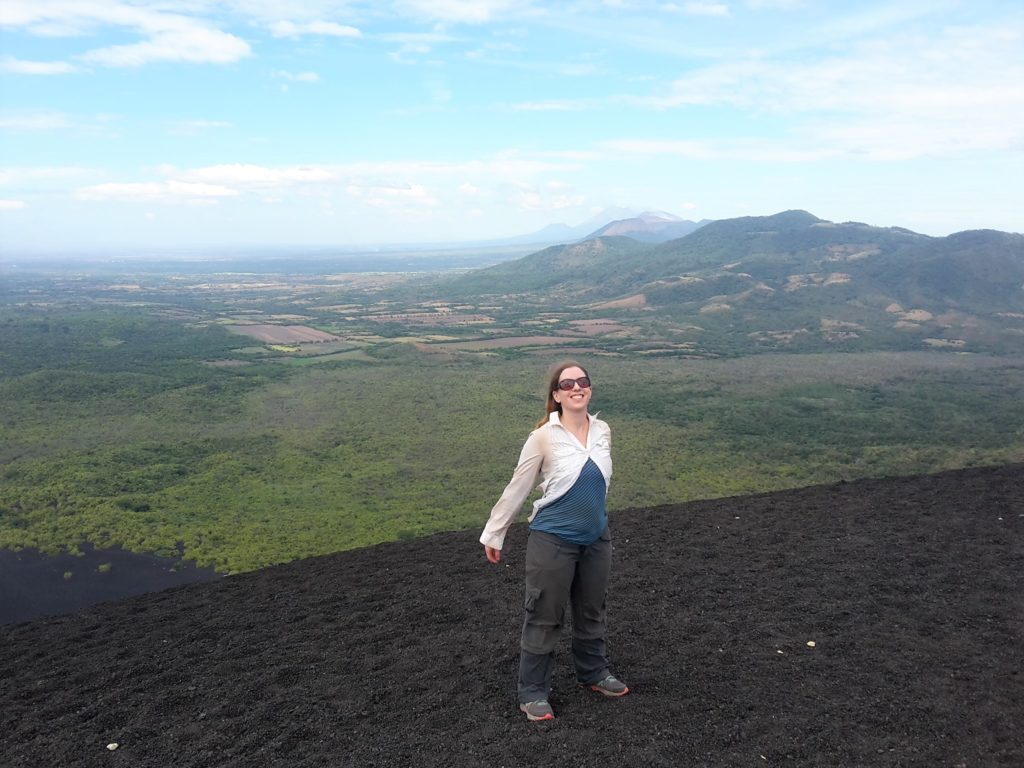
When you get to the top and are traversing the ridge to get to the volcano boarding area, the giant volcano board you’re carrying often catches the wind like a sail and the gusts can be so strong you’re really digging your feet into the gravel with your leg muscles to not get blown away.
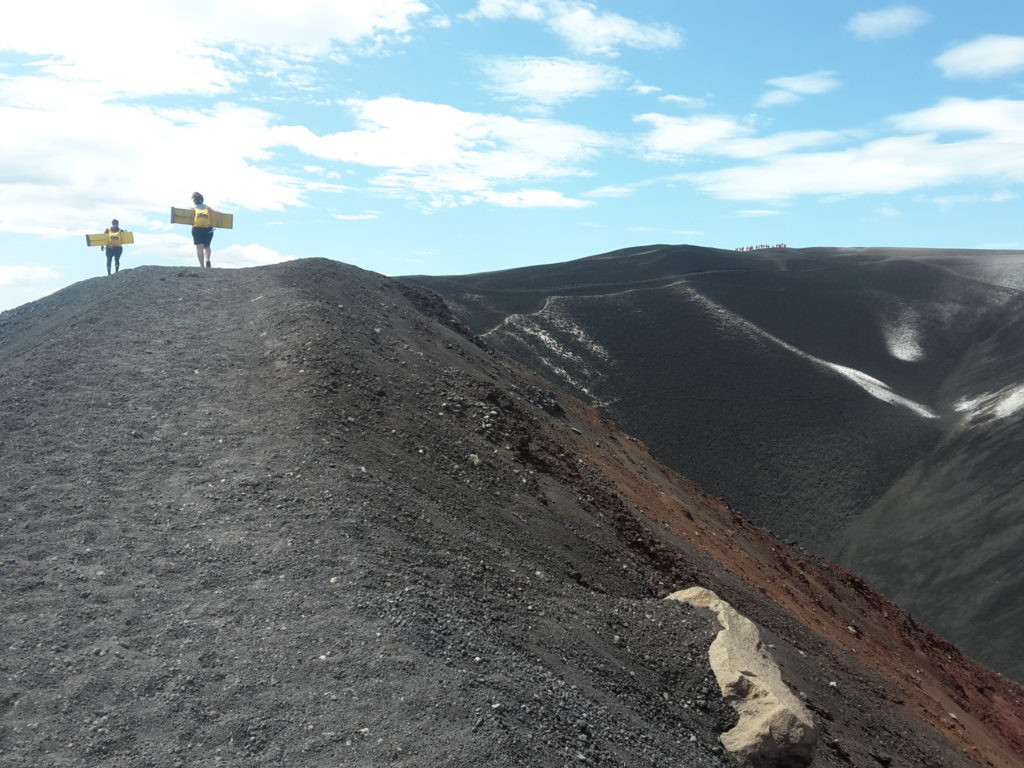
At this point, some people started to carry their boards vertically in their hands to not catch the wind – it really felt strong enough to blow you off the top of the volcano. Not to worry though, we all made it there safely.
Standing at the top looking over the edge. I didn’t start skiing until my late 20s and I still get a bit of fear in me when I glance over the edge of a steep ski slope. Standing at the top of the volcano boarding area looking down was the same sort of feeling for me. Then I realized I’d be sitting down and it all seemed way more approachable. Plus, it’s those butterflies inside that tell me I’m on an adventure =)
Why the Hike Alone Was Worth It
If someone had said, “hey, there’s a beautiful hike up an active volcano with lovely views,” I would have said “yes” in a heartbeat. The fact that this scenic hike just happens to be the way up to the volcano boarding area was a bonus for me.
There are plenty of volcanoes in a row to explore (this is on the volcano ‘Ring of Fire’ after all), and hiking up Cerro Negro you get a view of much of the nearby volcano range. In fact, some people who arrived with me and the Quetzaltrekkers group were beginning an extended trek and overnight stay in the area. The El Hoyo 2-day trek is on option to book along with your volcano boarding, or you can always opt just for the hike and overnight trip without volcano boarding if you wish.
The hike up Cerro Negro itself fell somewhere in easy to moderate difficulty. The only struggle for me besides the wind (see ‘What Was Scary’ above) was that it was not so comfortable hiking with the board between the backpack and your back. Plus, mine kept sliding off-balance and needing to be readjusted. (Although really, a small inconvenience for the fun of volcano boarding.)
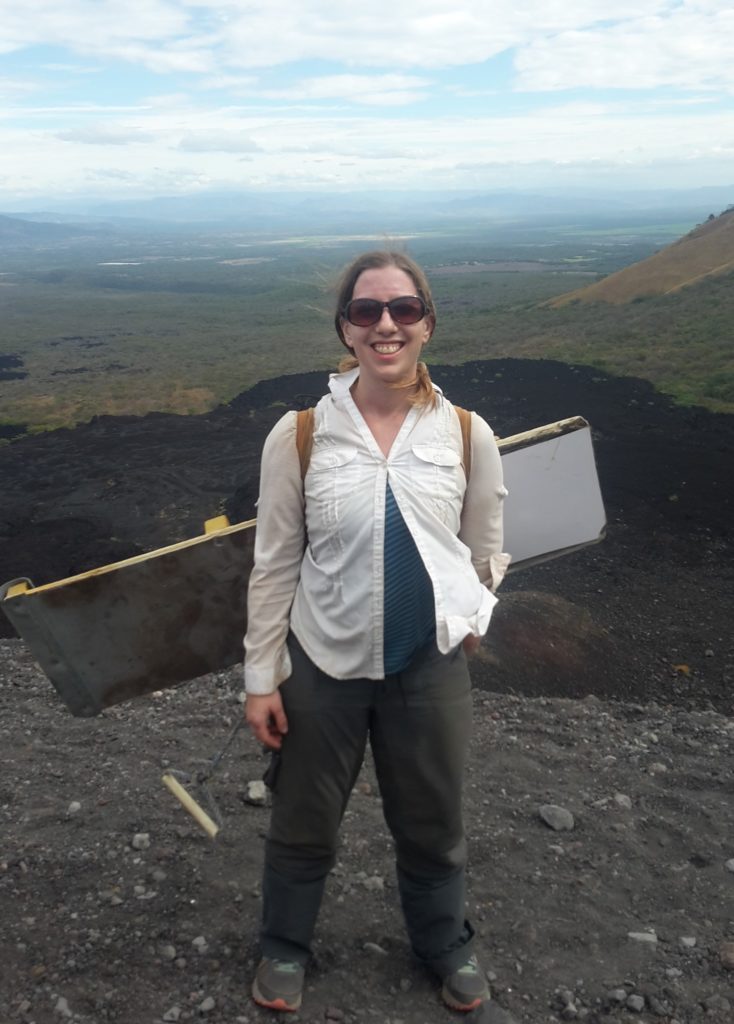
And despite my visits to many volcanoes during my time in Nicaragua – including several other active ones – the hike up Cerro Negro was the only part of my volcano exploring in Nicaragua when I got to touch the hot sand and feel the warmth of the volcano coming up through the ground.
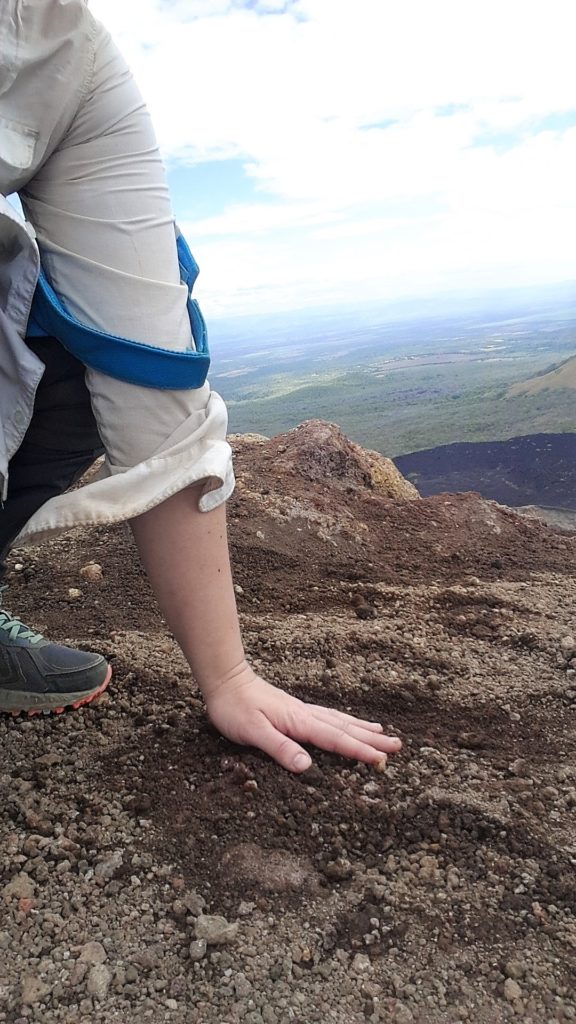
The initial hike up actually took a bit of time because the views were so incredible that we all kept stopping to take pictures and video. I would have done the hike even if there wasn’t the option to volcano board down, although that was definitely a great excuse to see this part of the volcano range.
READ MORE: Top 13 Reasons to Make Nicaragua Your Next Tropical Destination
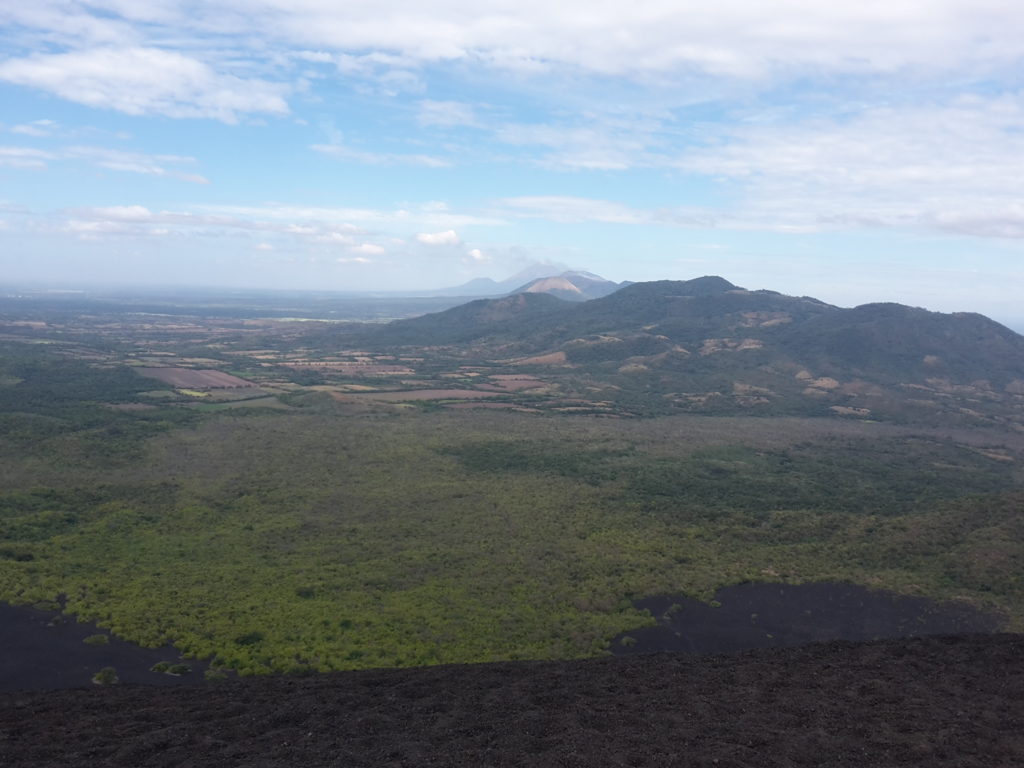
Would I Go Again?
I already did! One of the reasons I chose to do the tour with Quetzaltrekkers was for the opportunity to do it all a second time that same day.
As far as I know, they are the only provider to offer that option, so if you’re thinking about going twice, be sure to book with them. Apparently my experience the day I went is similar to every day when the run the tour – most people say they will go a second time, and then almost no one does!
In my group of ~40 people, only 8 of us (6 men, plus me and 1 other woman) opted to go a second time. I think most people didn’t want to do the hike again to arrive at the top.
Since there were just a few of us going again, we were able to swap out our jumpsuits (mine was very large for my first run) and also to switch boards to one of the lesser damaged ones. I didn’t realize how mangled the board gets going down just once.
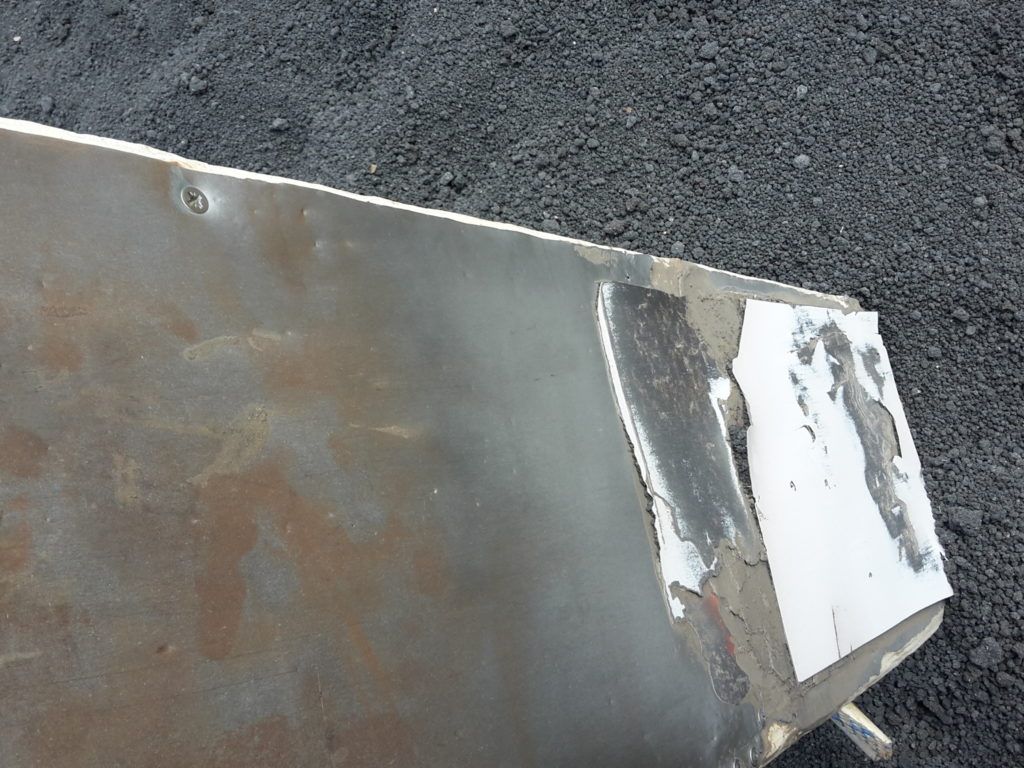
→ Because the boards all get damaged the first trip down the volcano, it turns out to be a lot harder to go fast on the second run!
I thought I was being clever to try and go moderately fast the first run and really let loose with my speed the second time once I got the hang of it, but I should have just thrown caution to the wind at the beginning when my board was fresh. If you do opt to go a second time, any experience you’ve gained will probably be outweighed by the degradation of the board you’re using. But it’s still fun.
The second trip overall is definitely quicker than the first round of volcano boarding, though. The hike actually takes less time since there is less picture-taking on the way. The slowest hikers in the group typically don’t opt to go up again. And there are much fewer people.
I was glad I went. And went again.
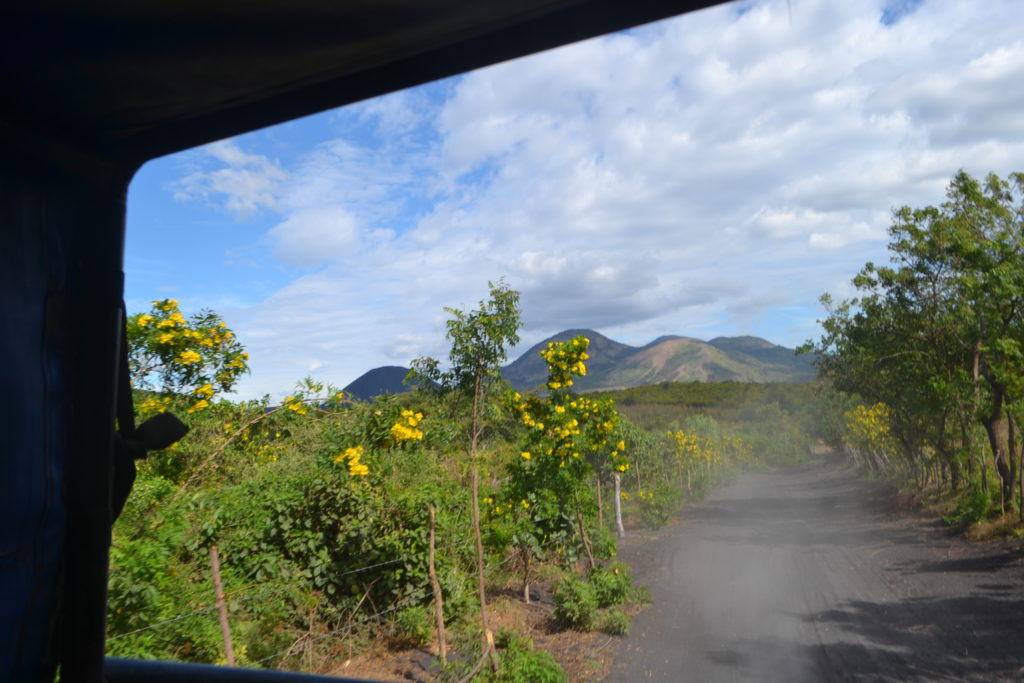
Would you ever go volcano boarding? Anything you’d still like to know after reading this post? What’s the craziest activity you’ve ever done in your travels? (Let me know, I might have to do it next.) Share away in the ‘Comments’ below!
Enjoyed this post? ‘Pin it’ to share on Pinterest & save for later!
Note: This post was not sponsored in any way. I just had a great time volcano boarding with Quetzaltrekkers and was happy to put my money toward a good cause and do my tour with them for the reasons above. My opinions, as always, are entirely my own.
